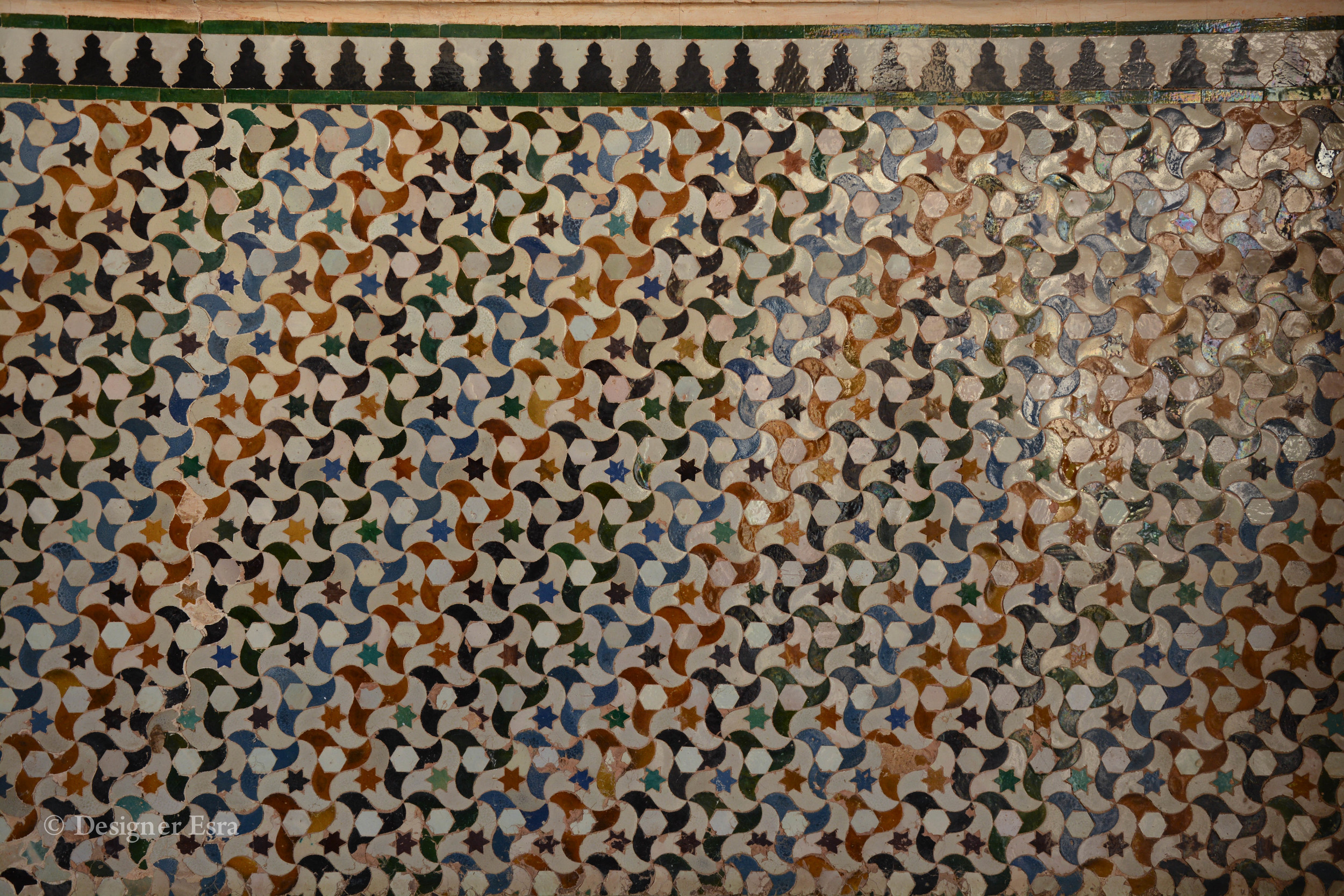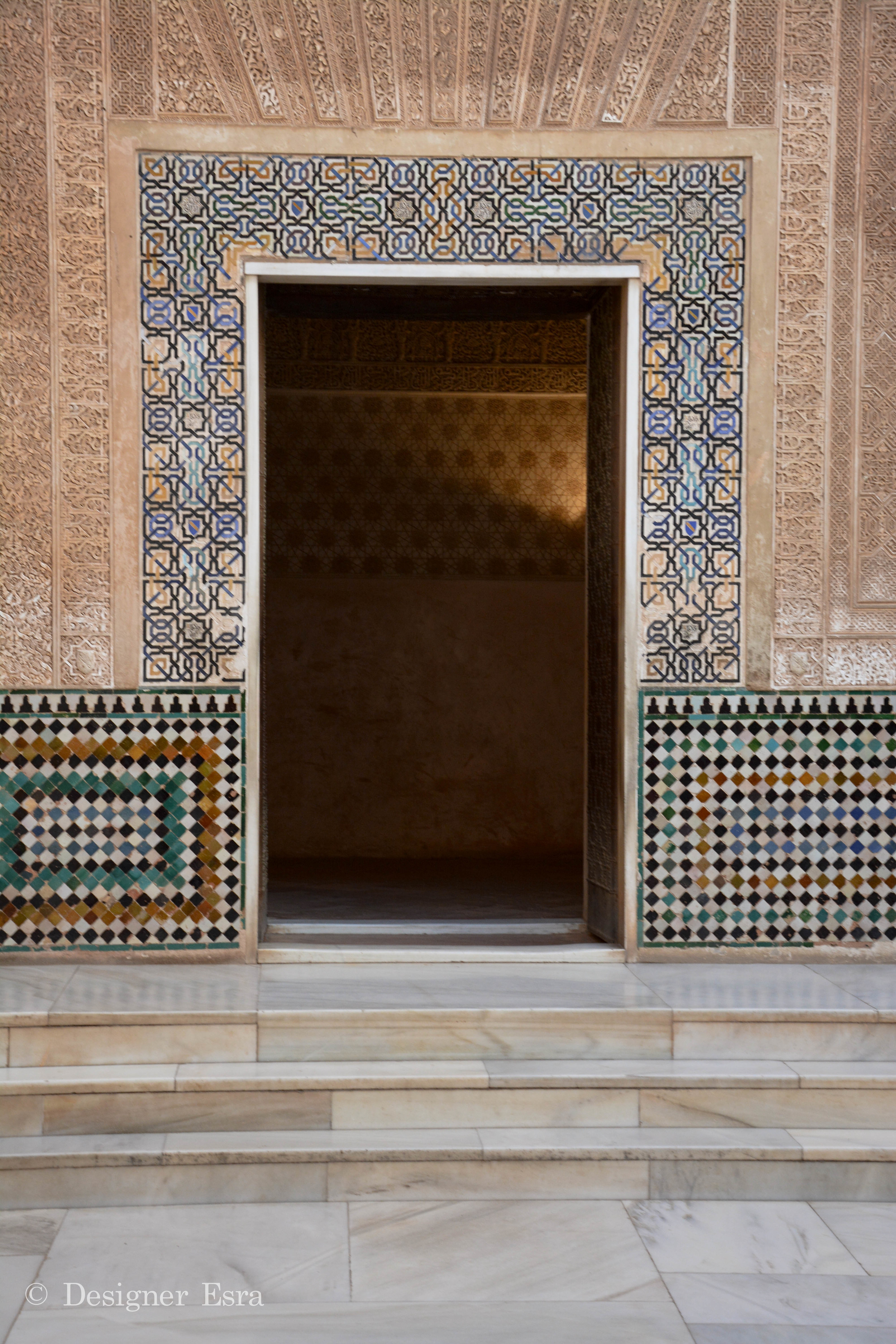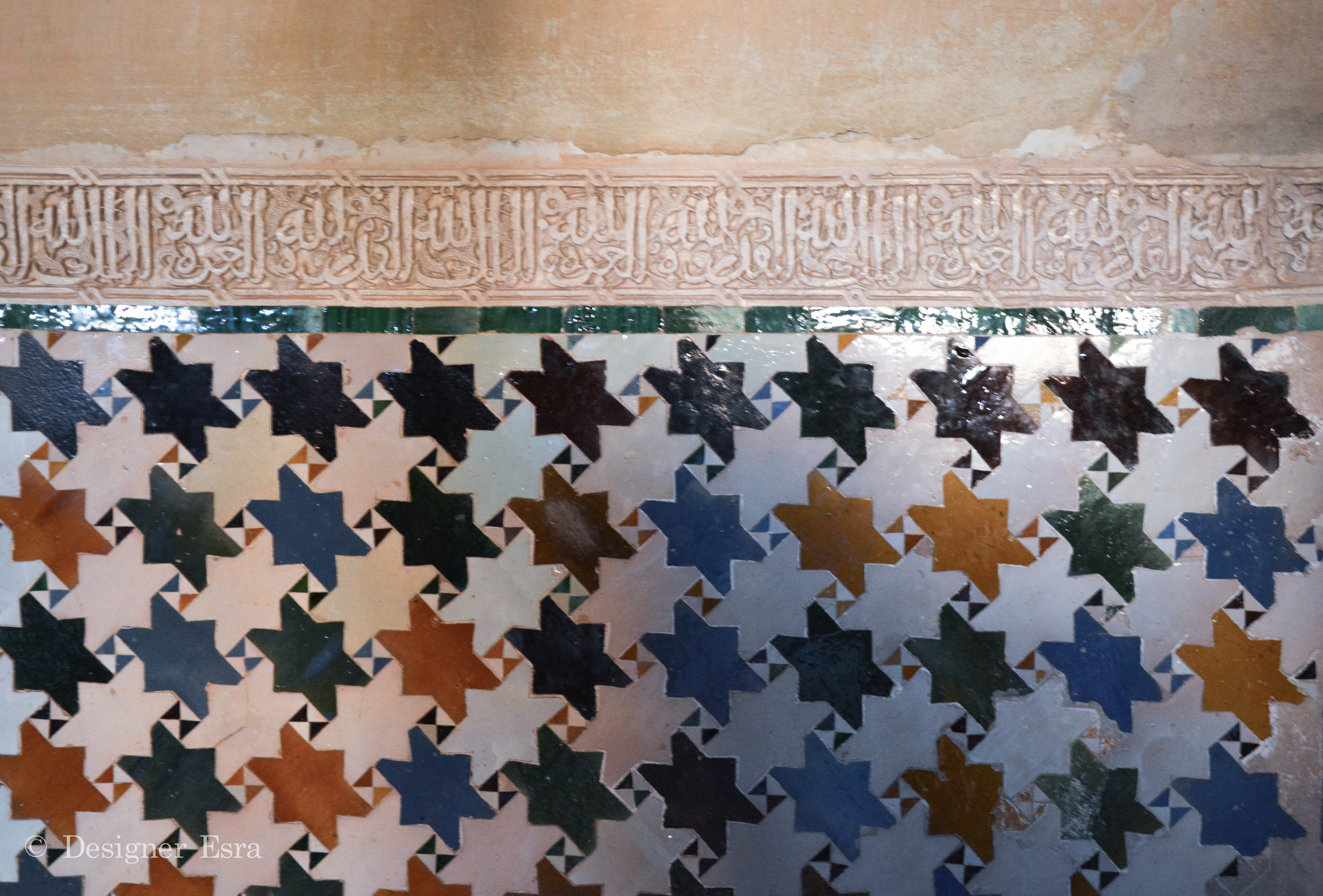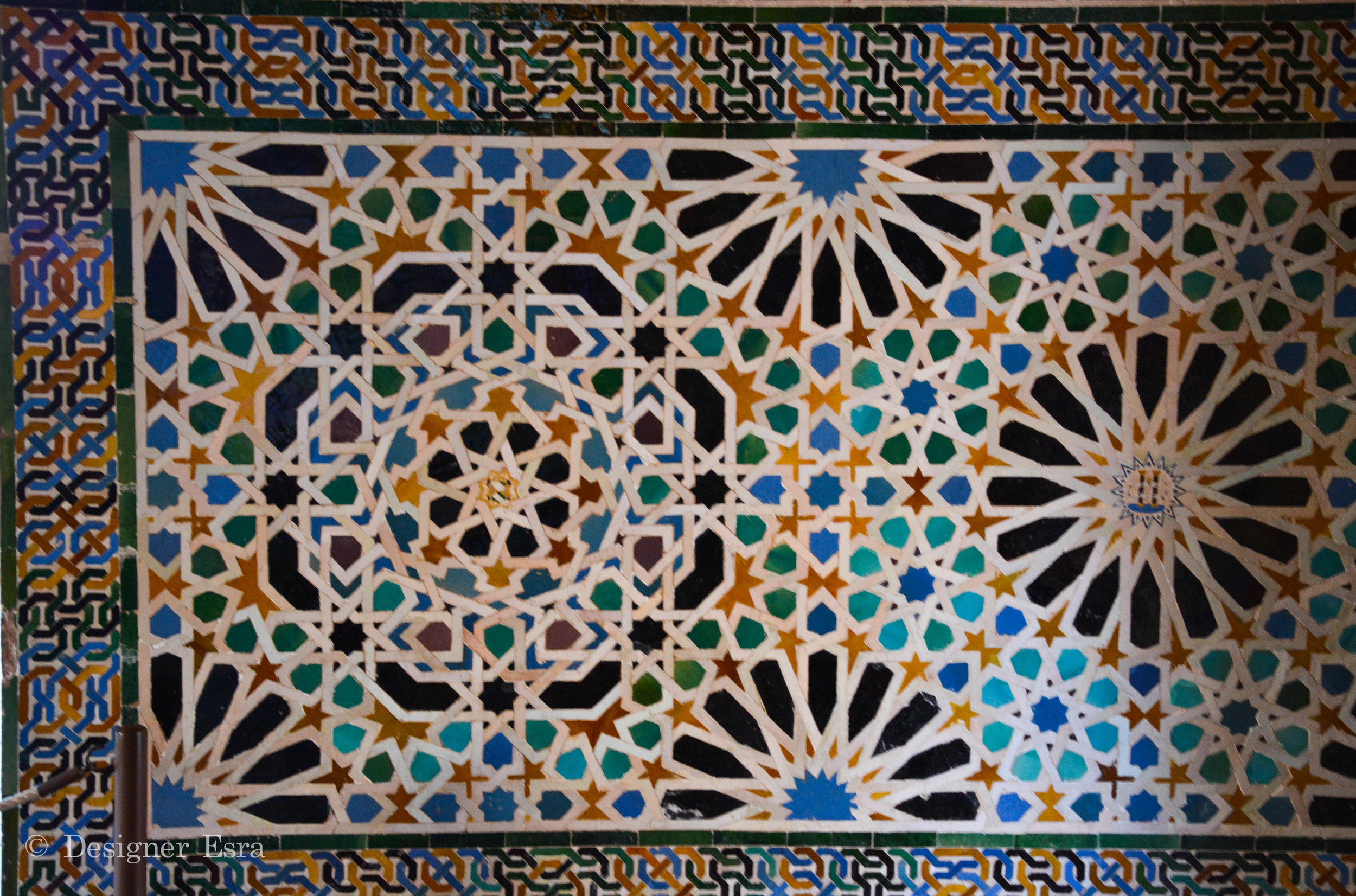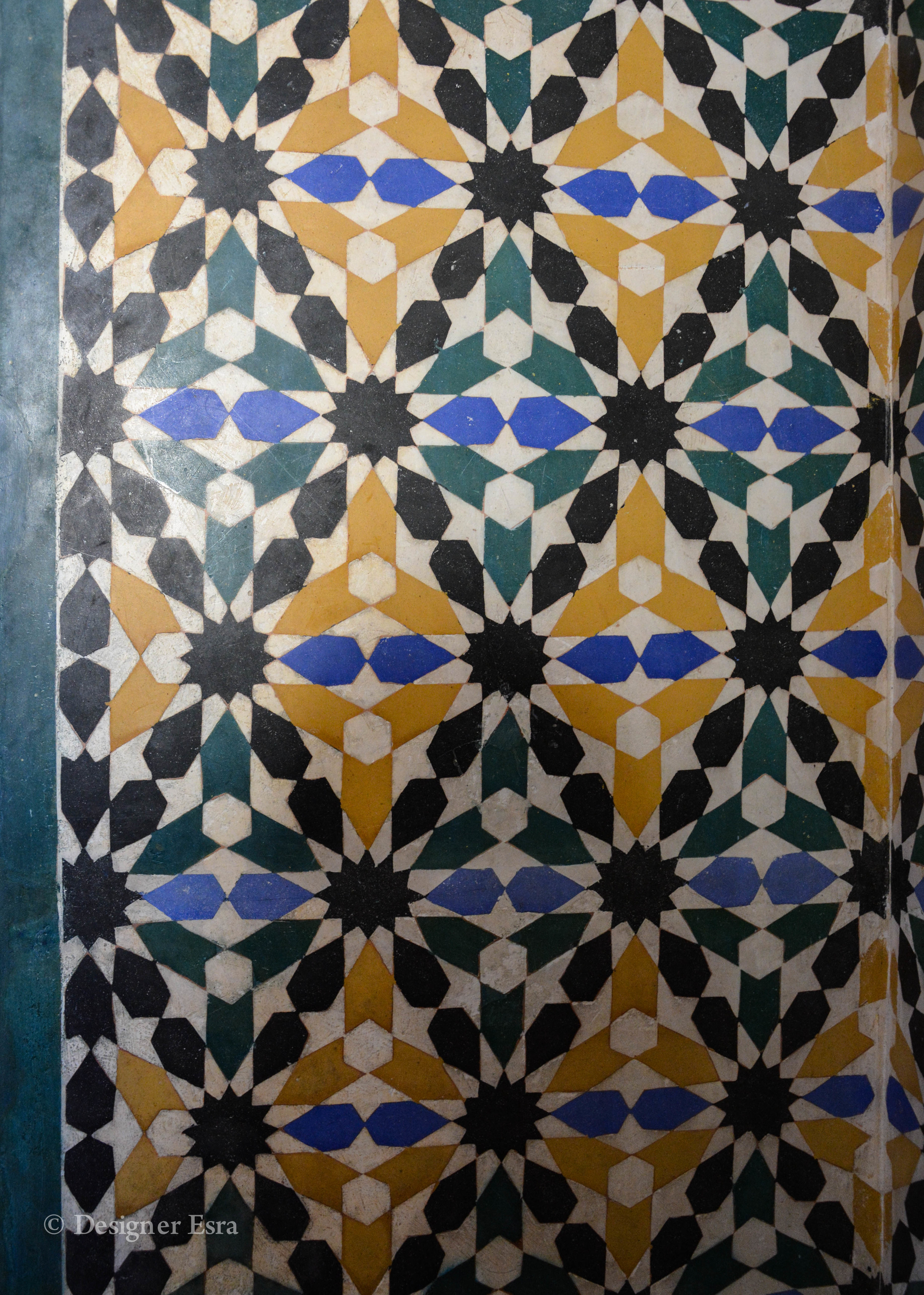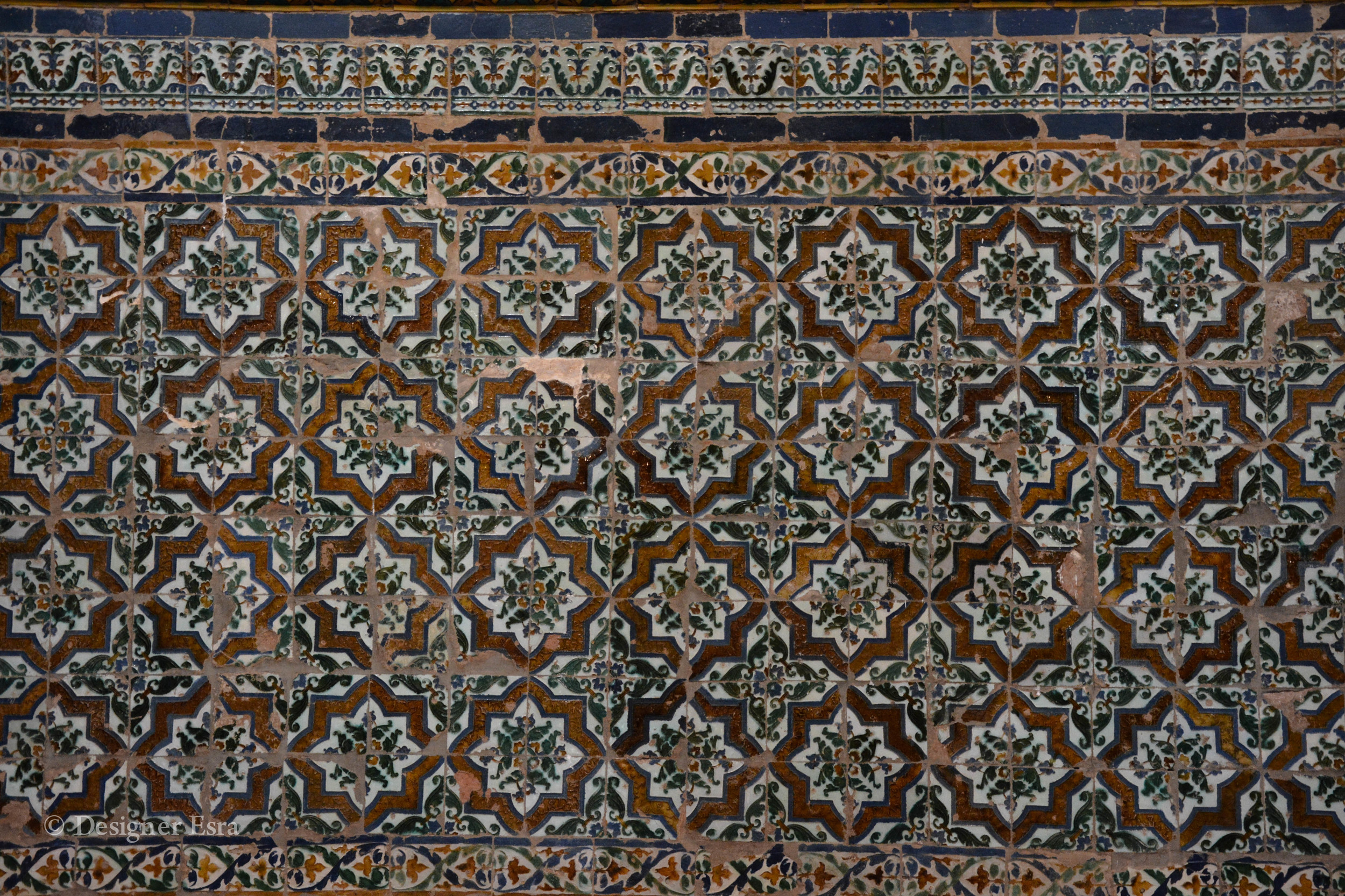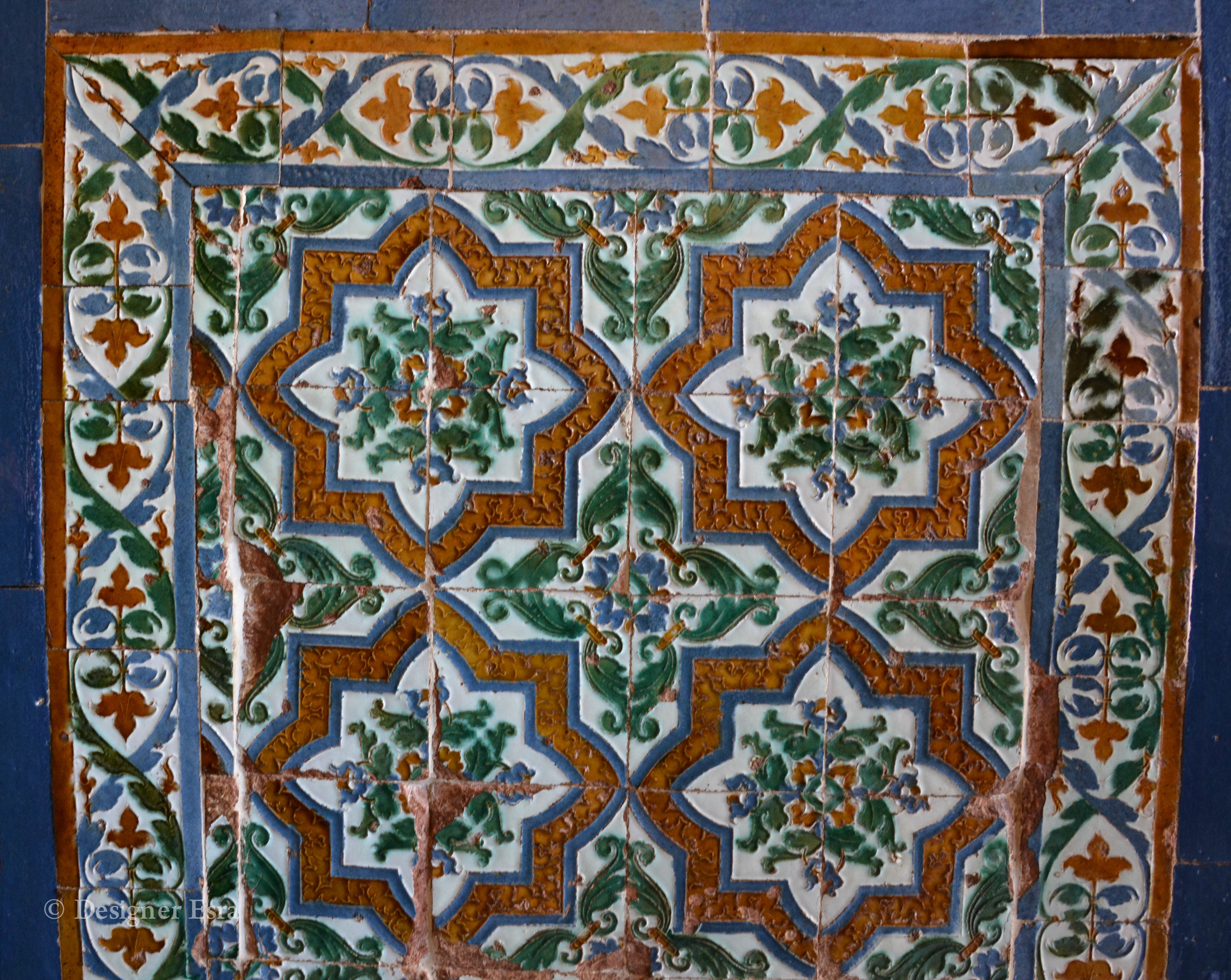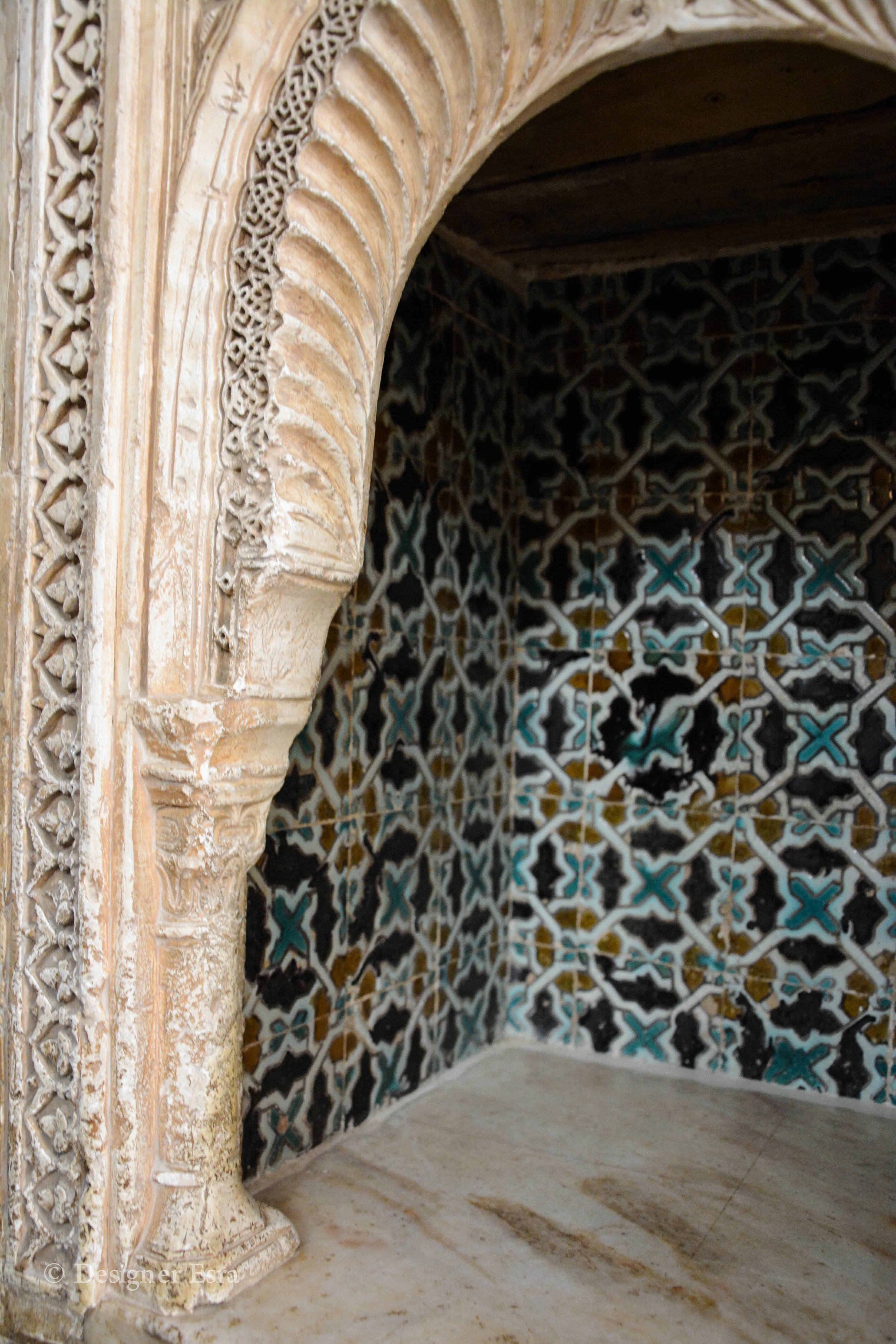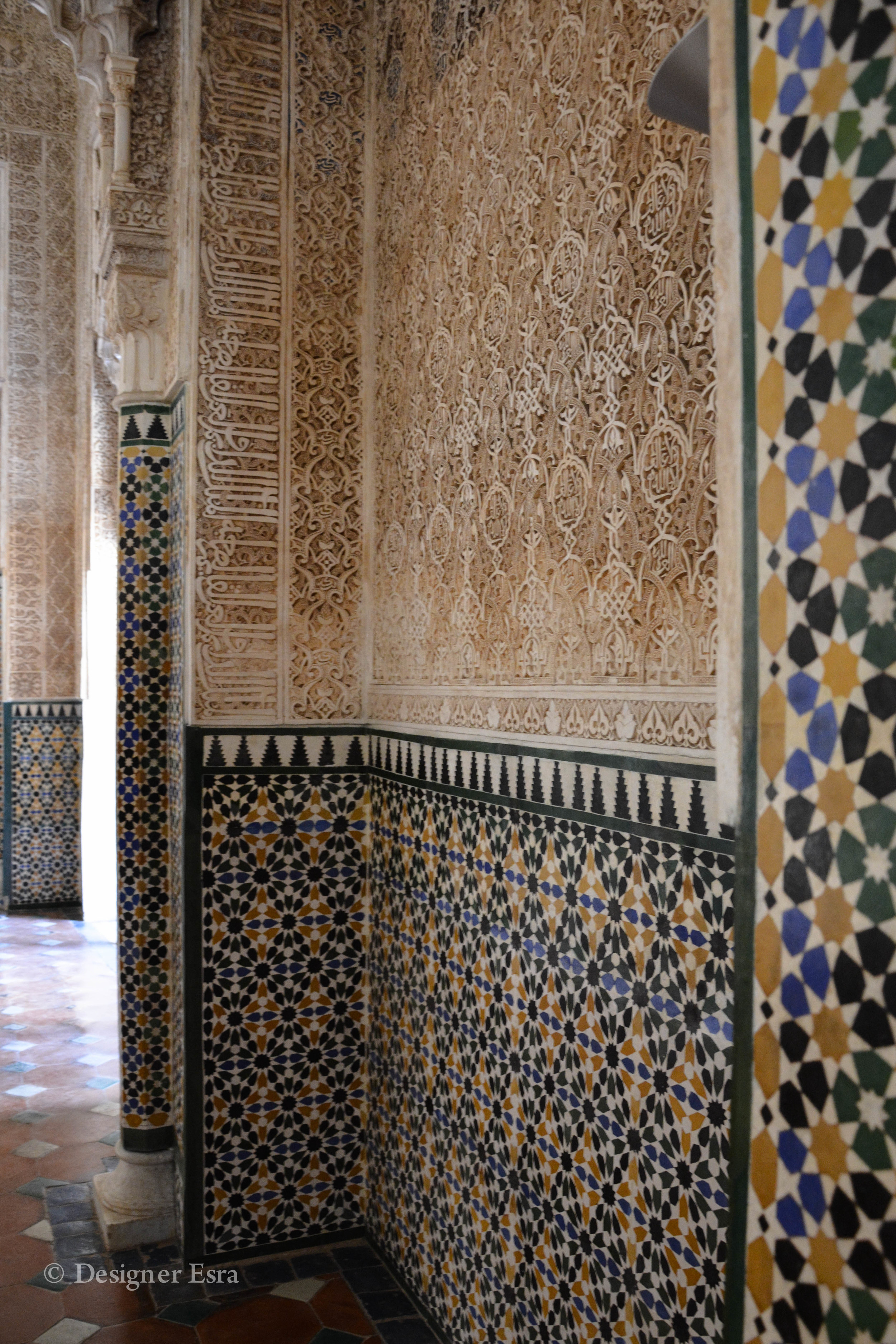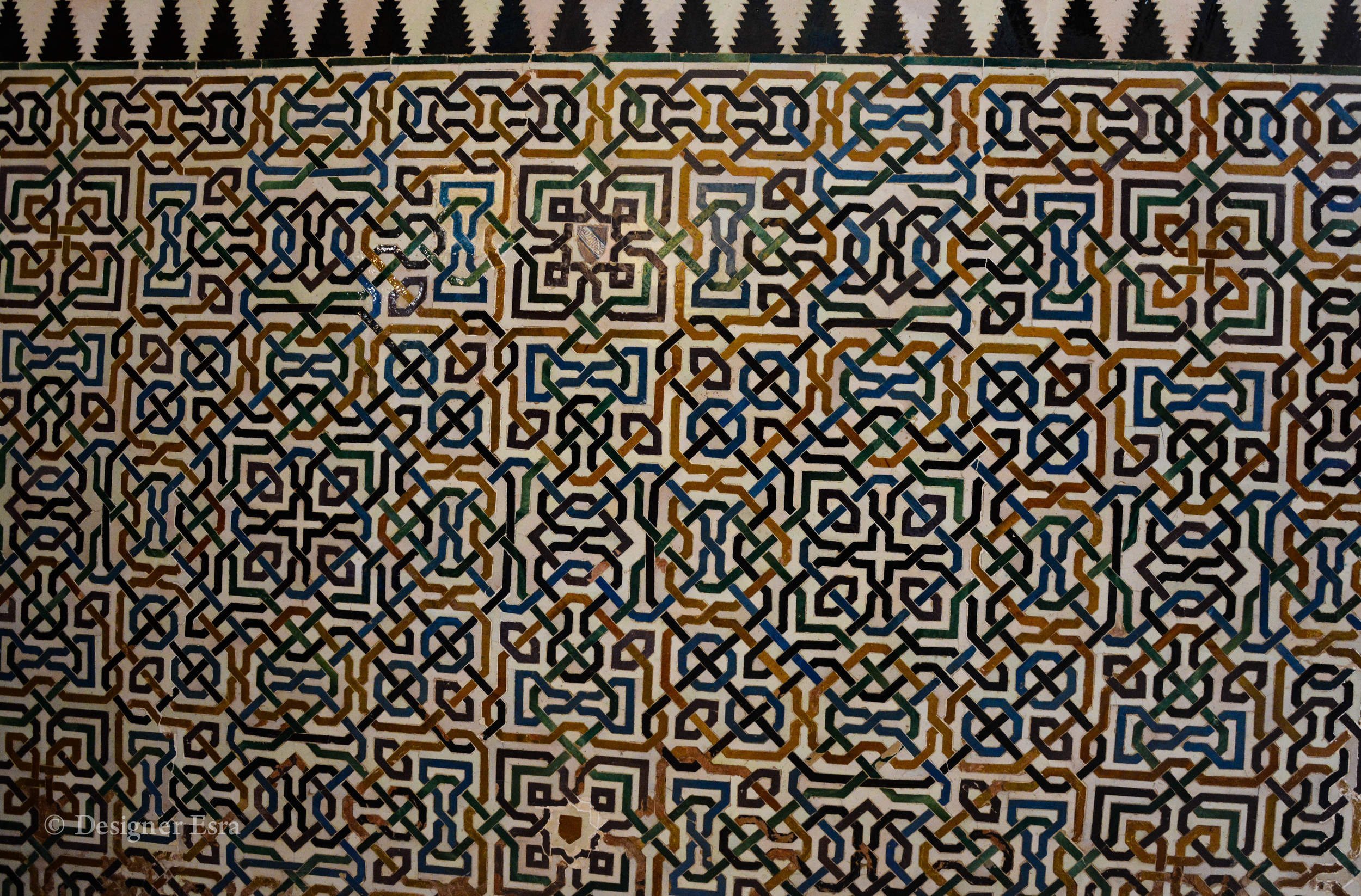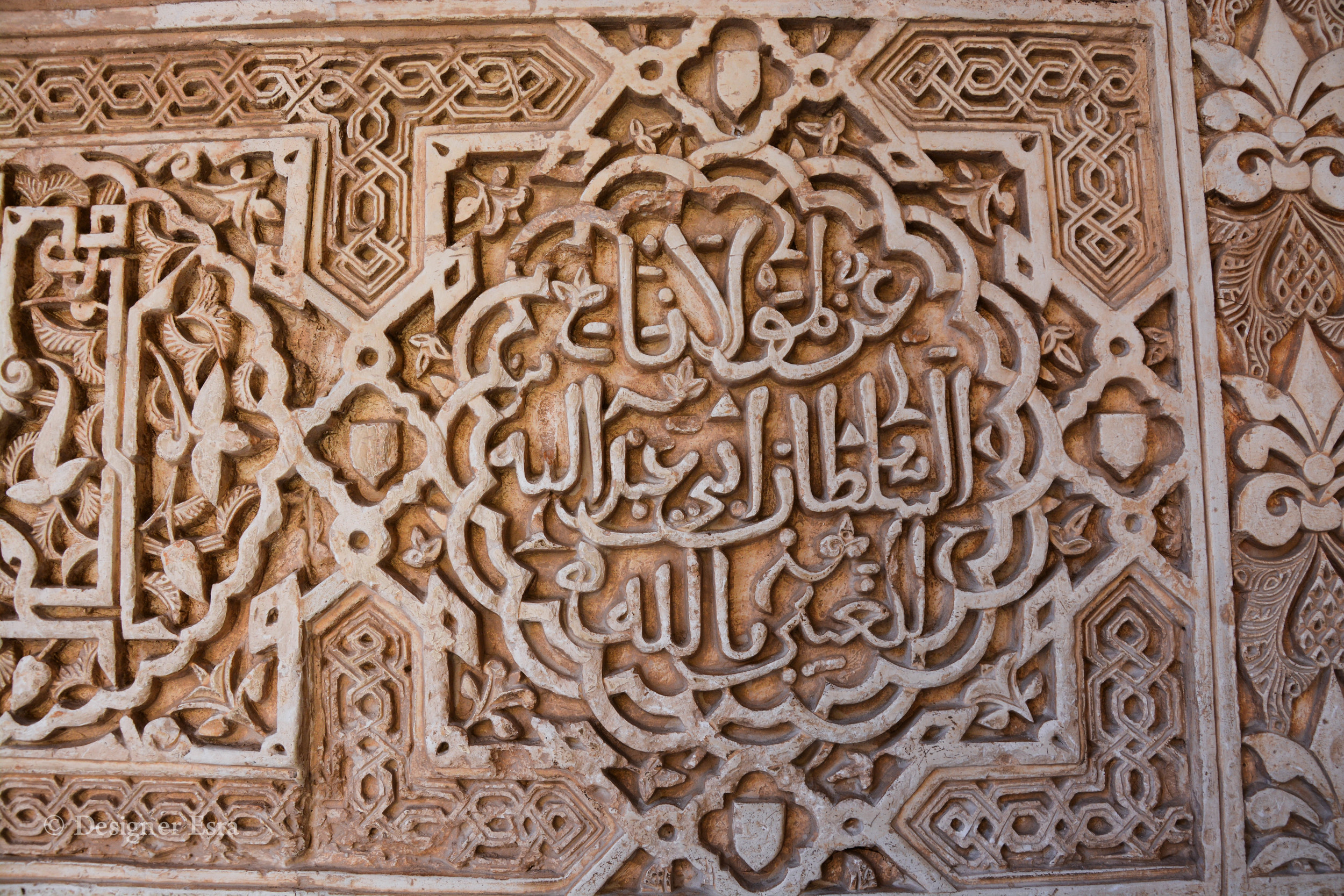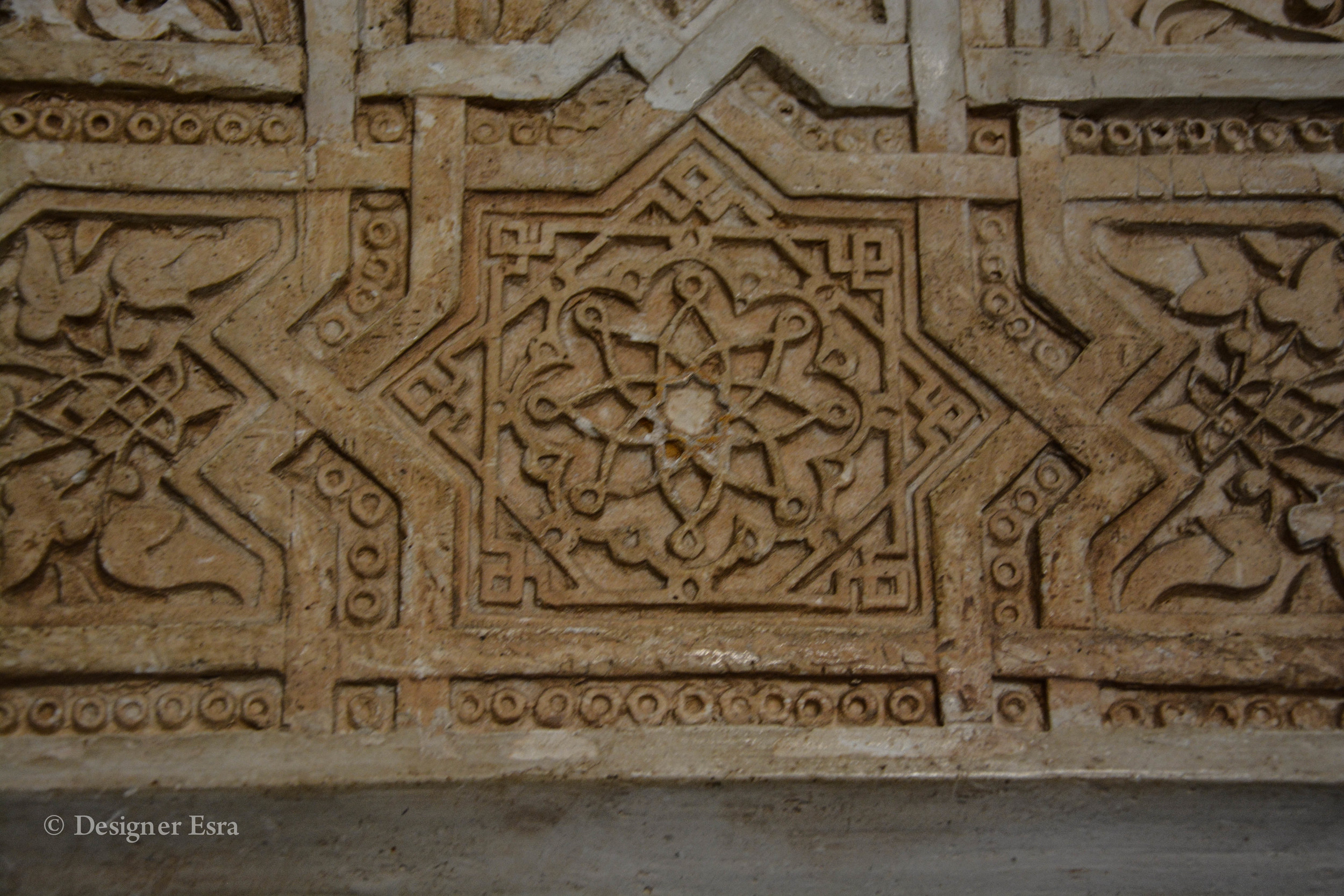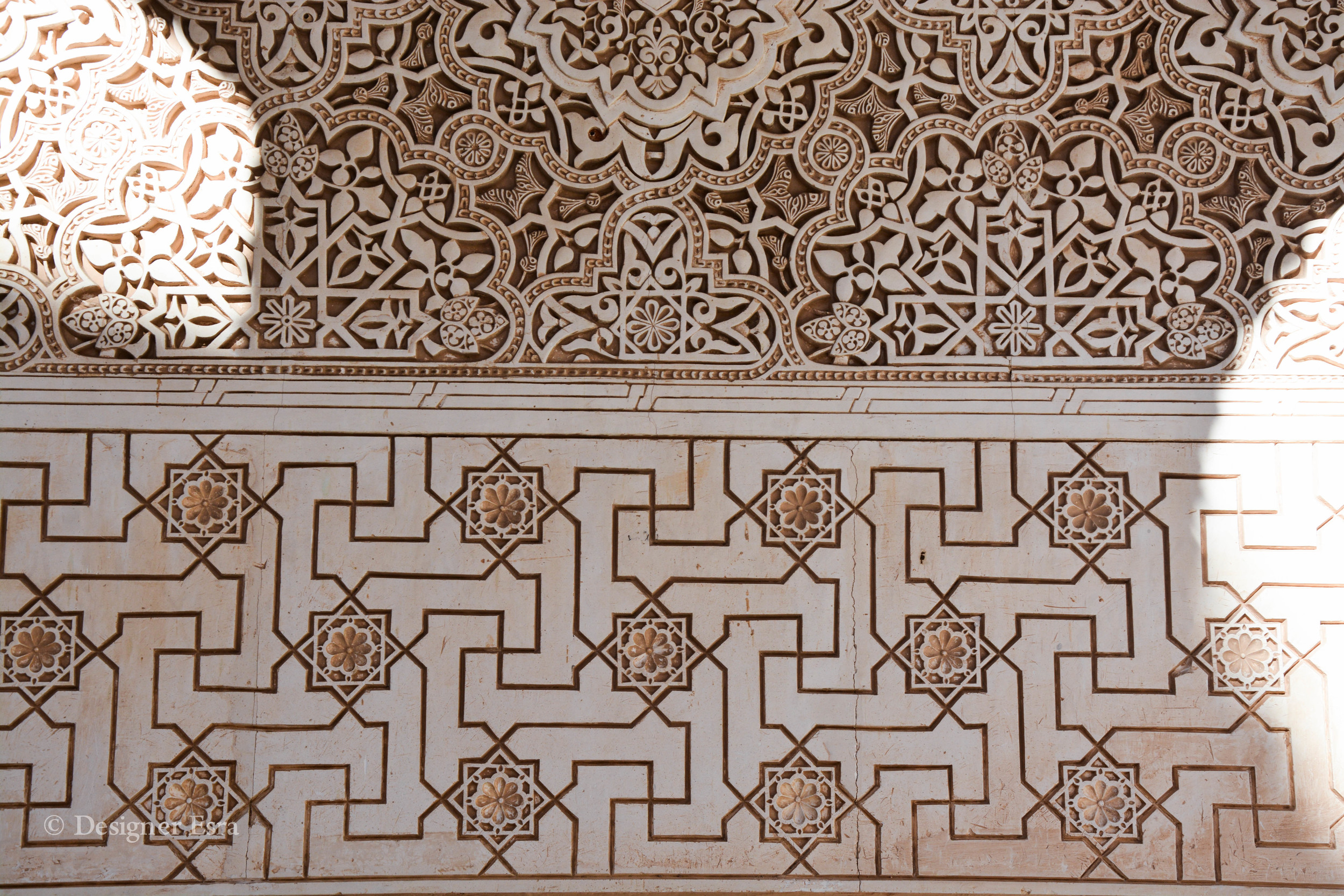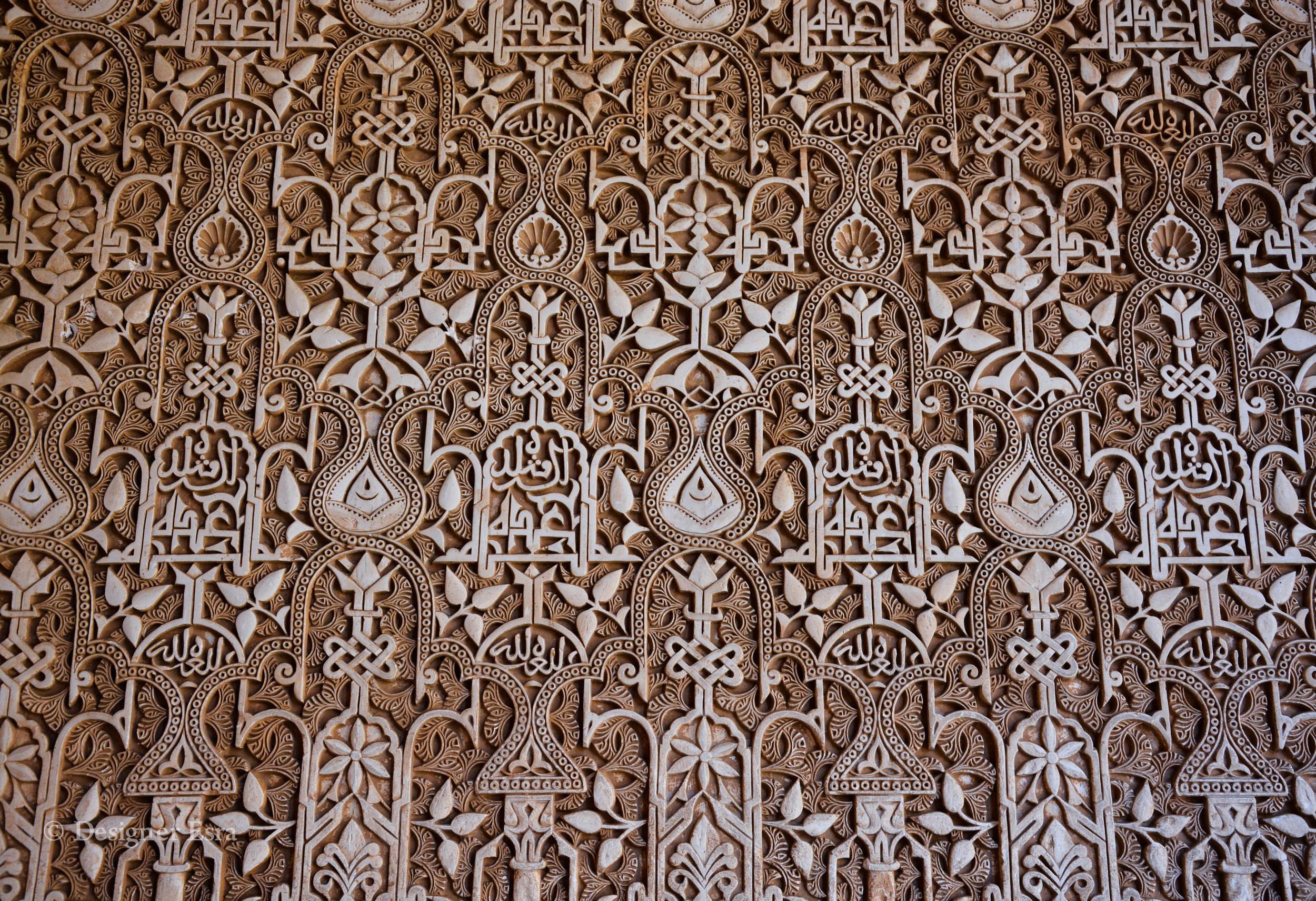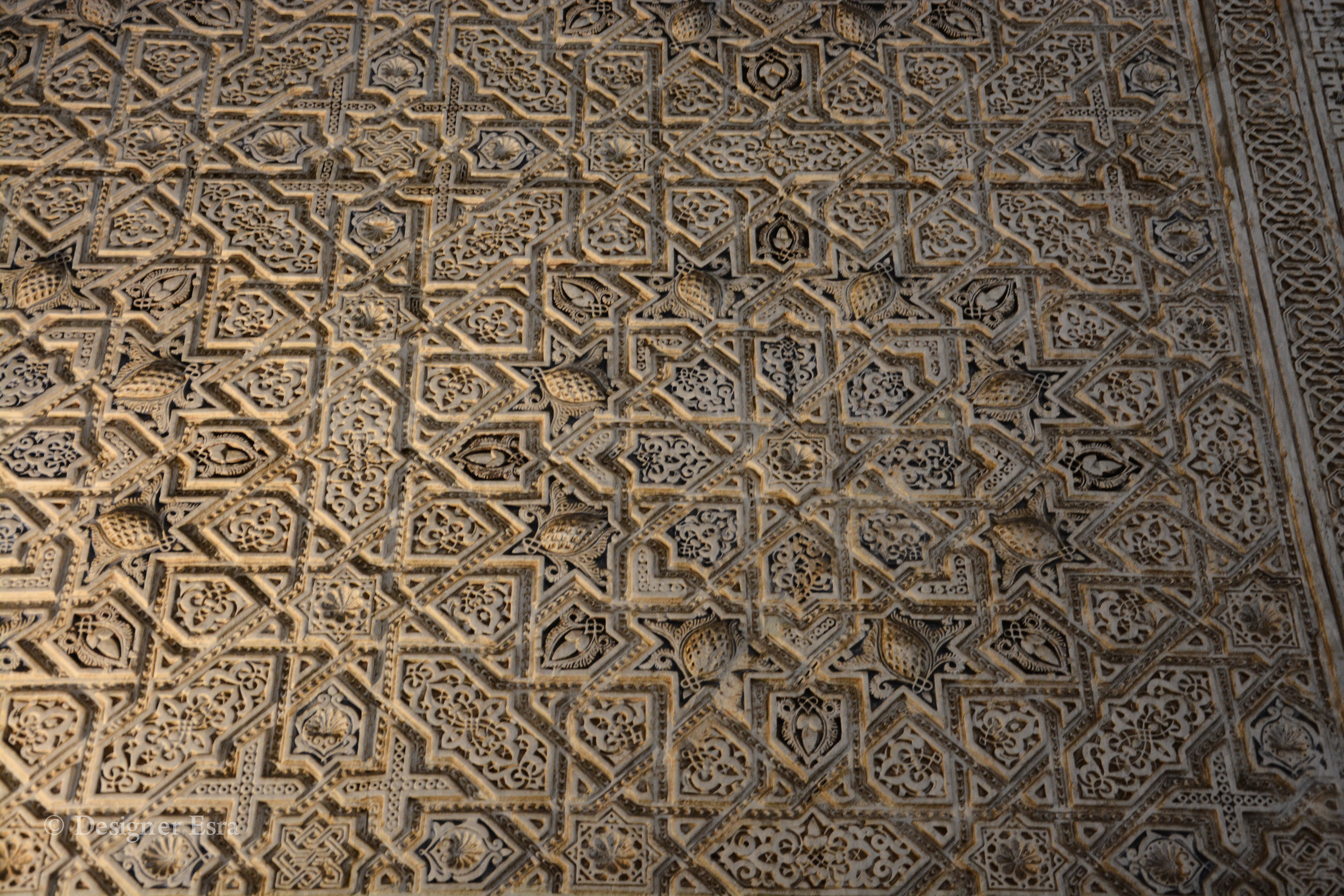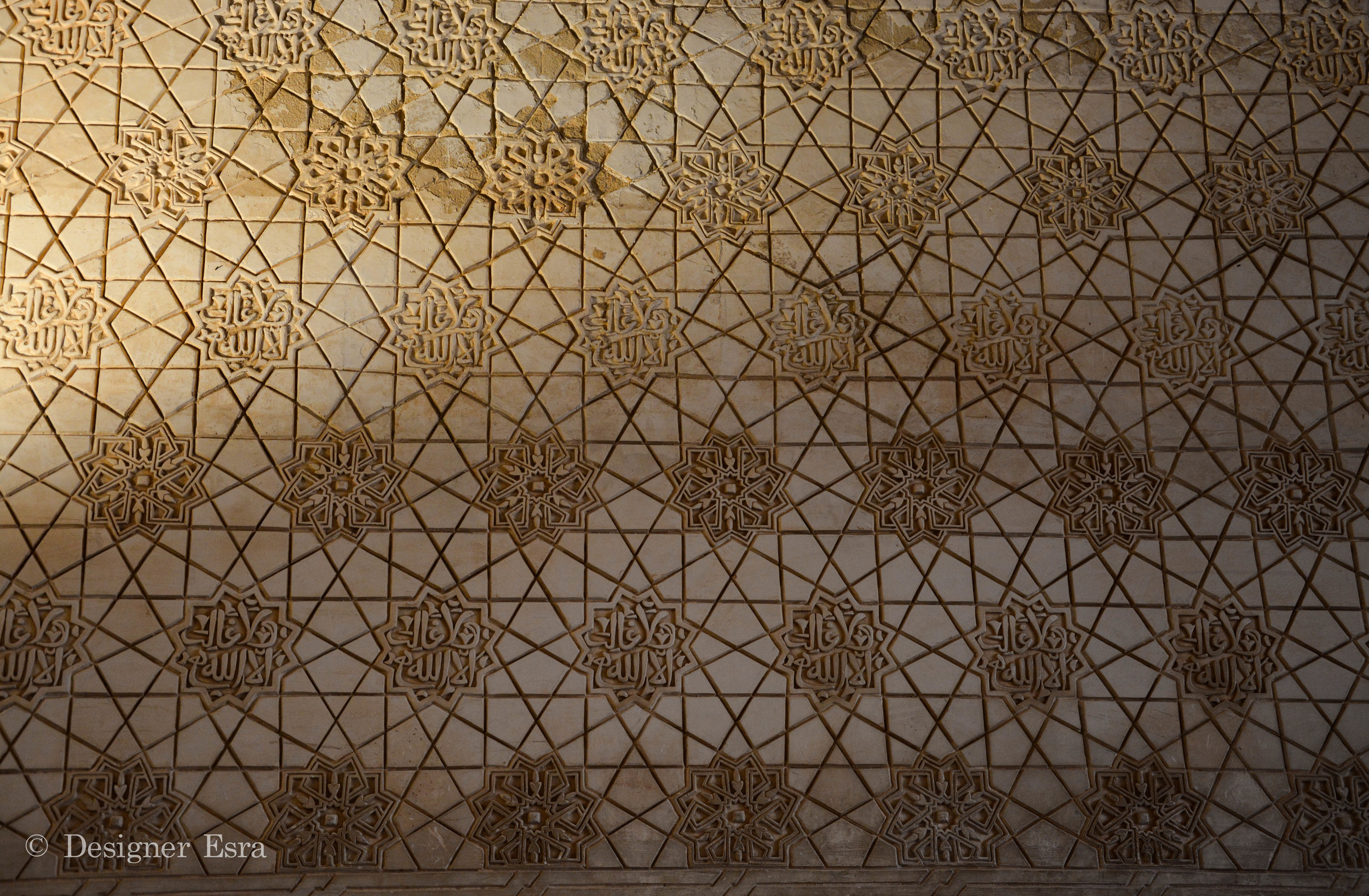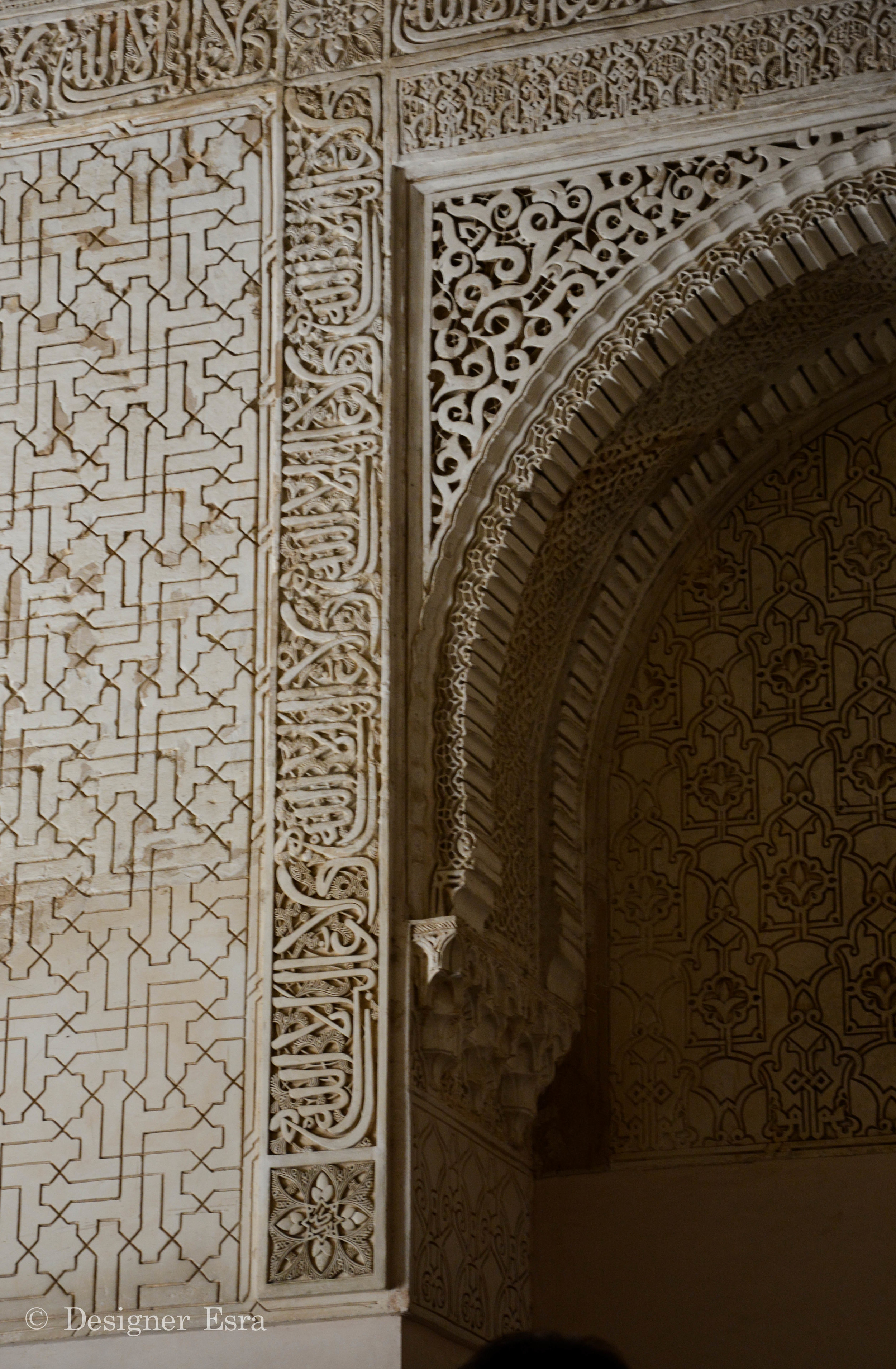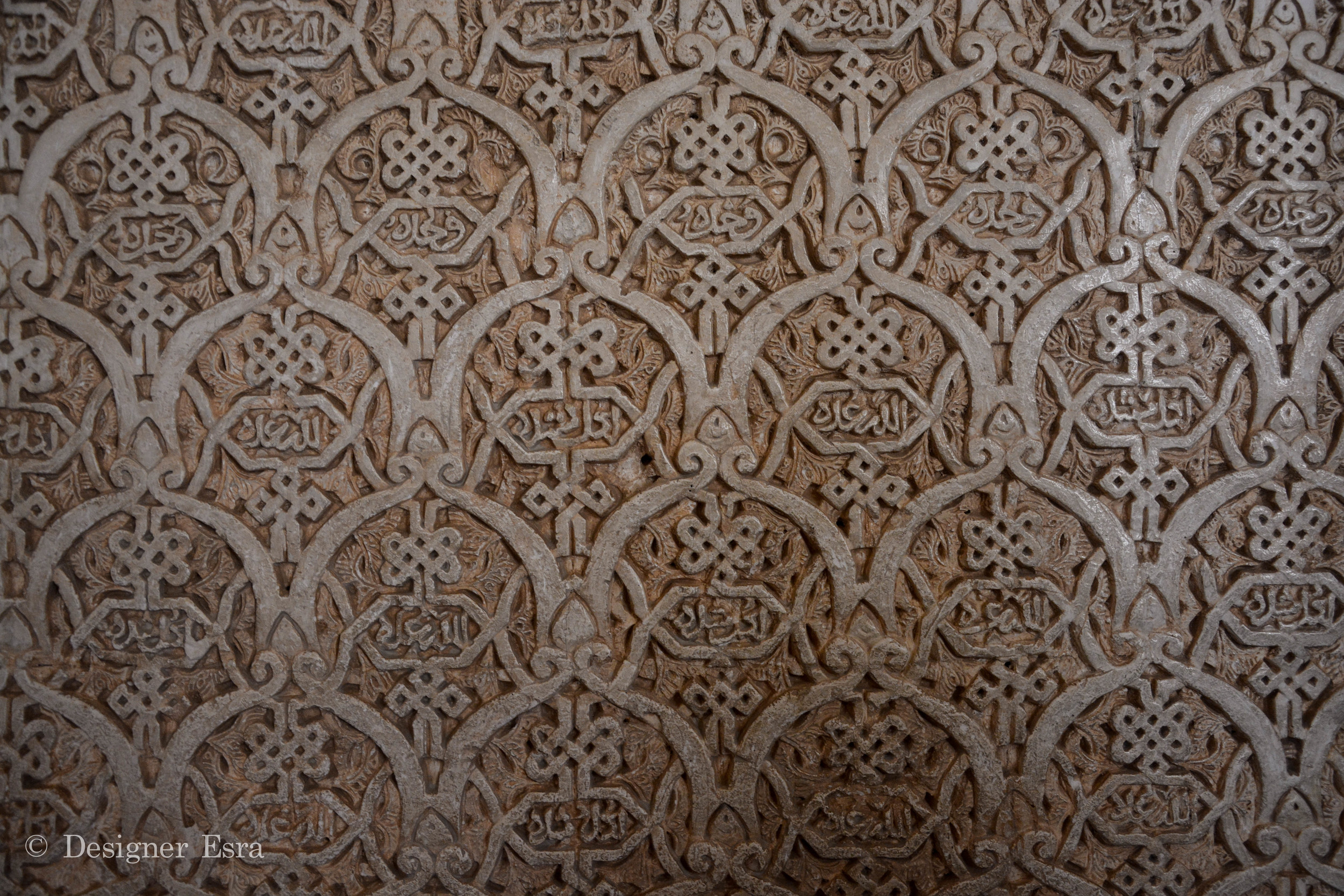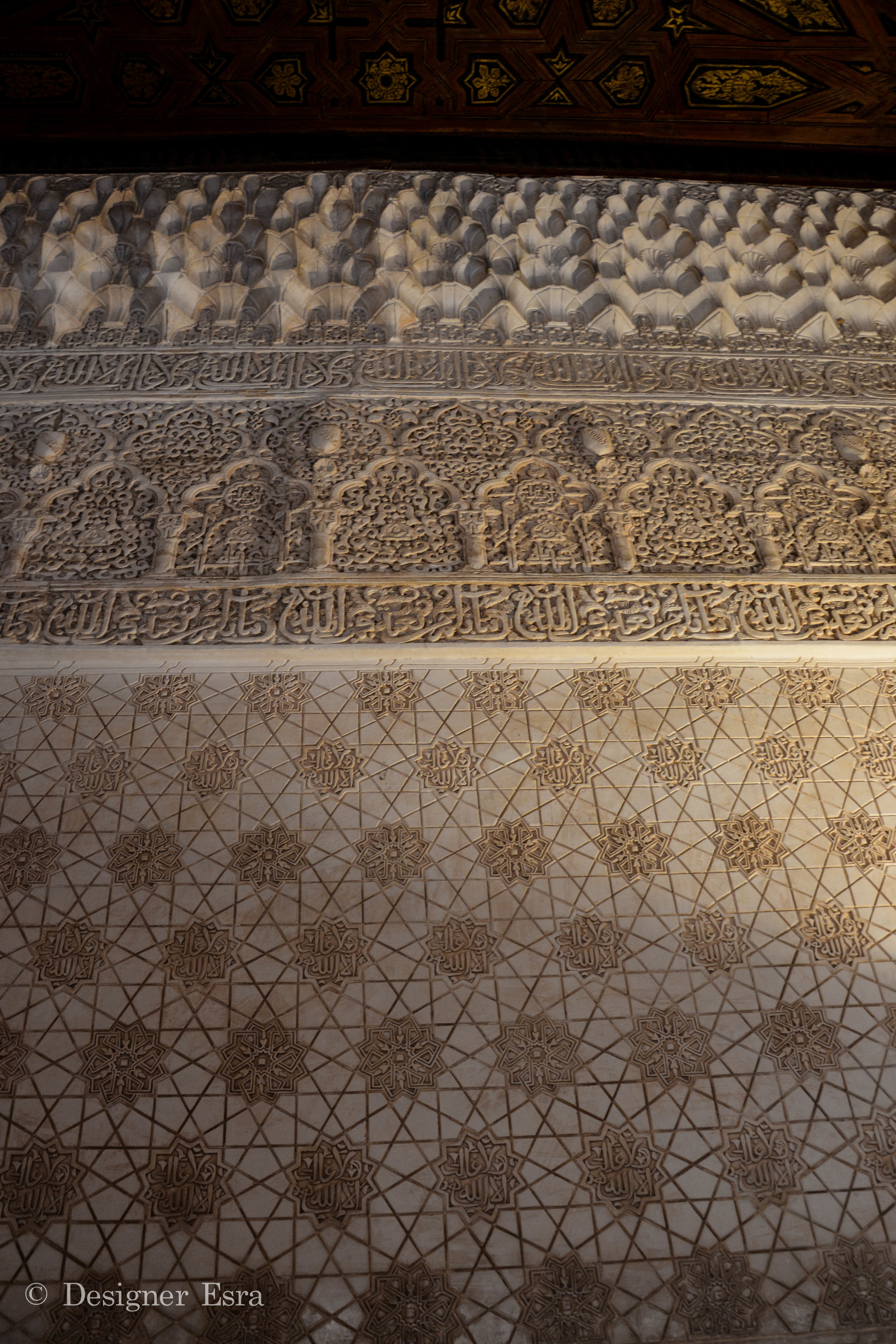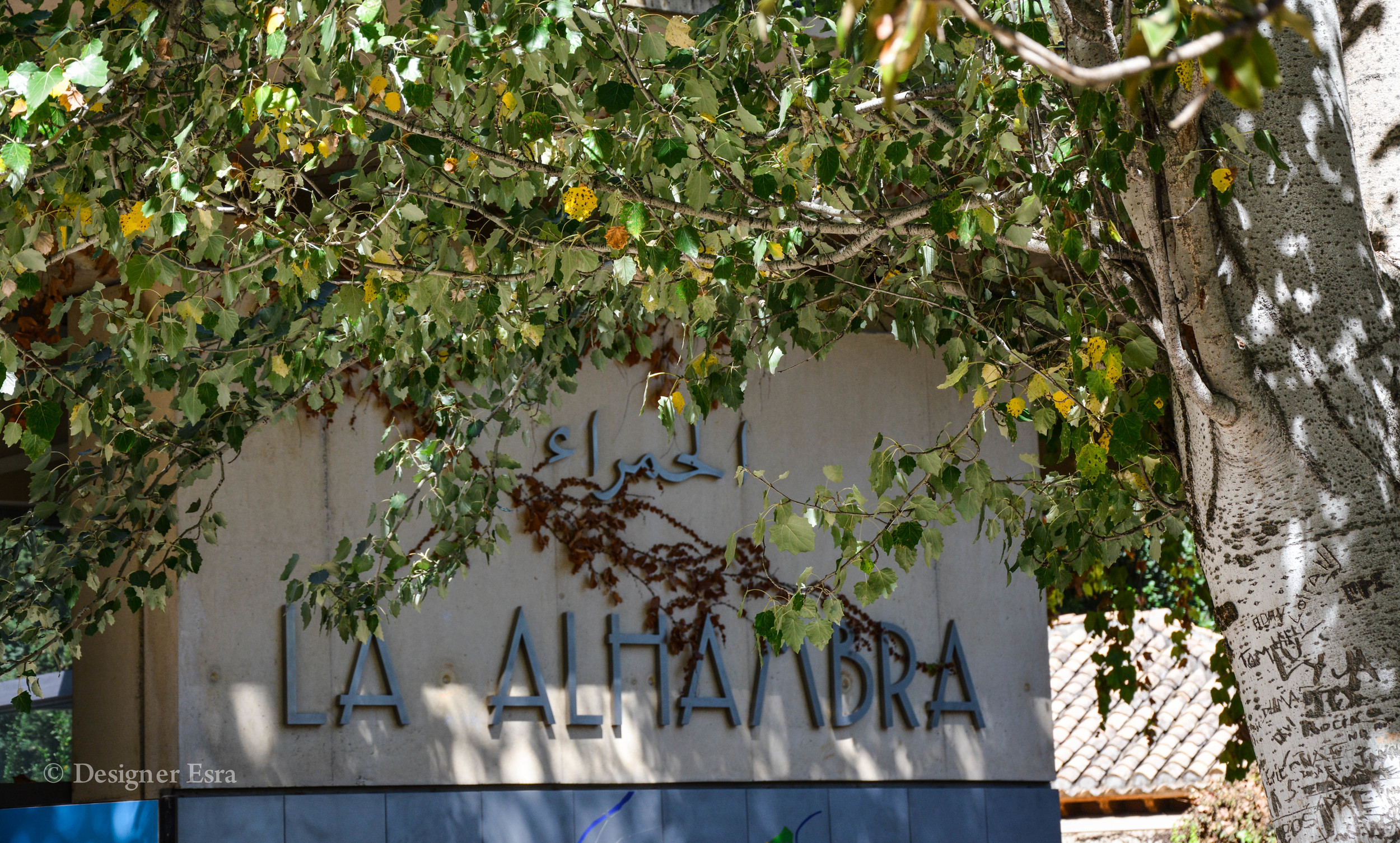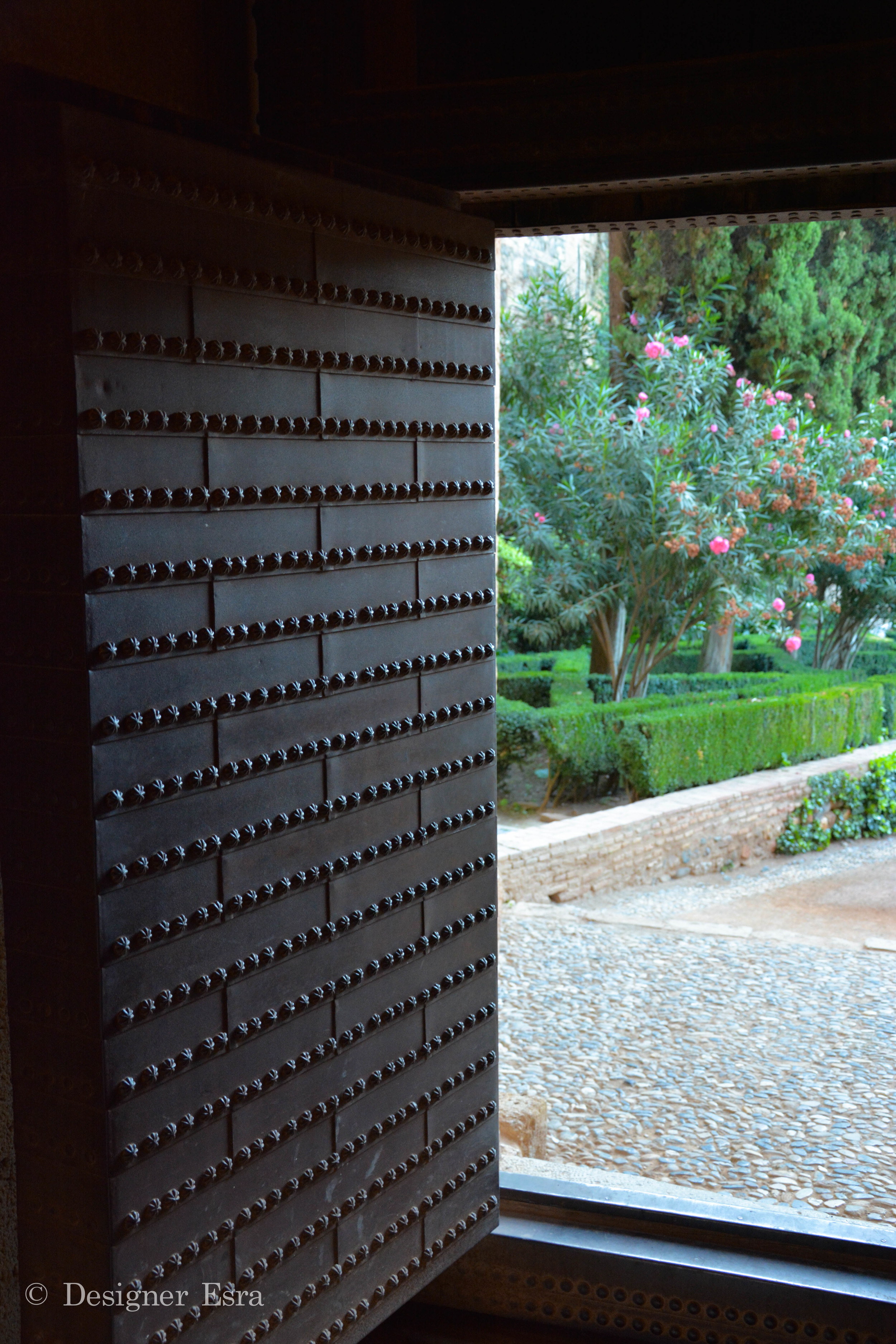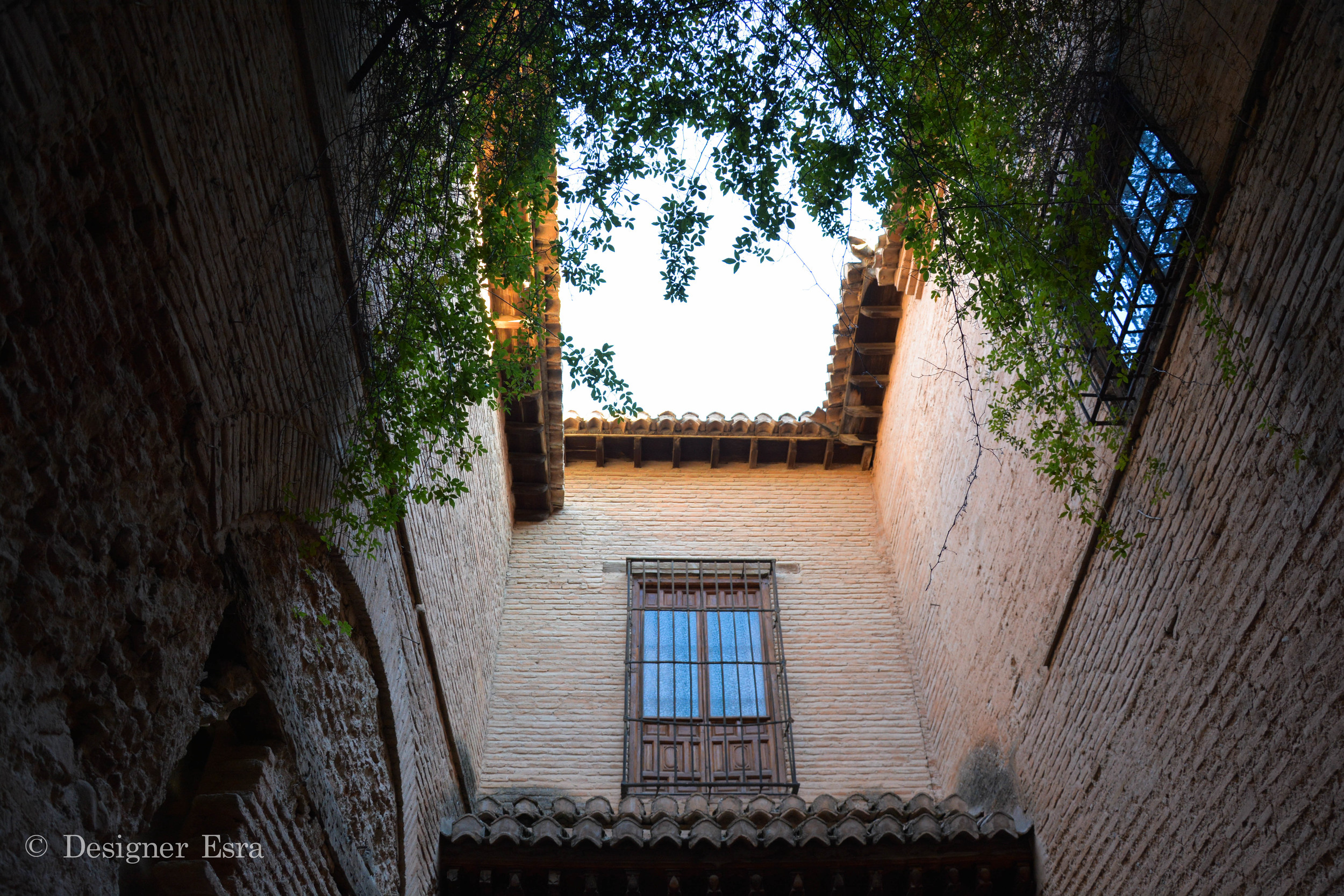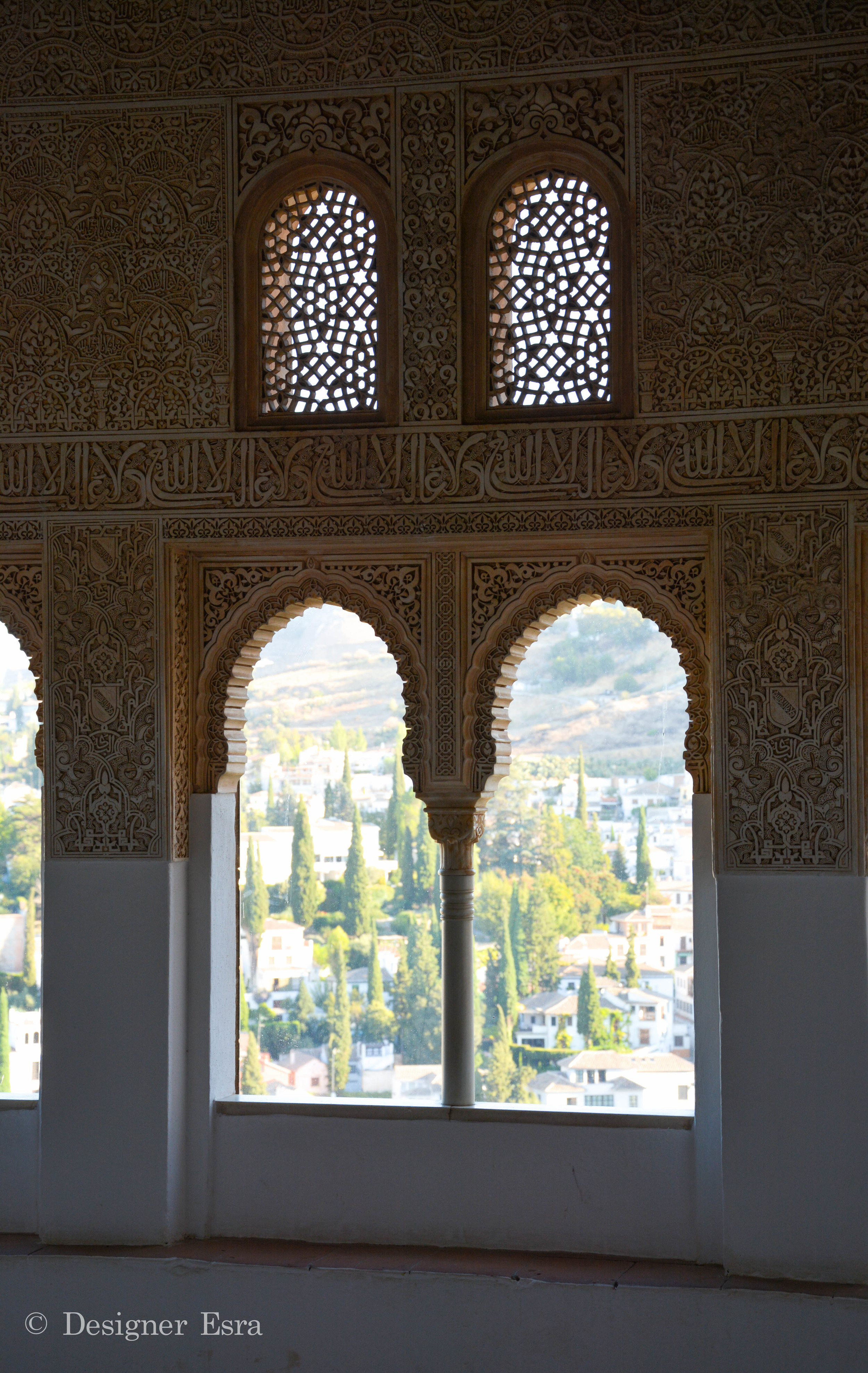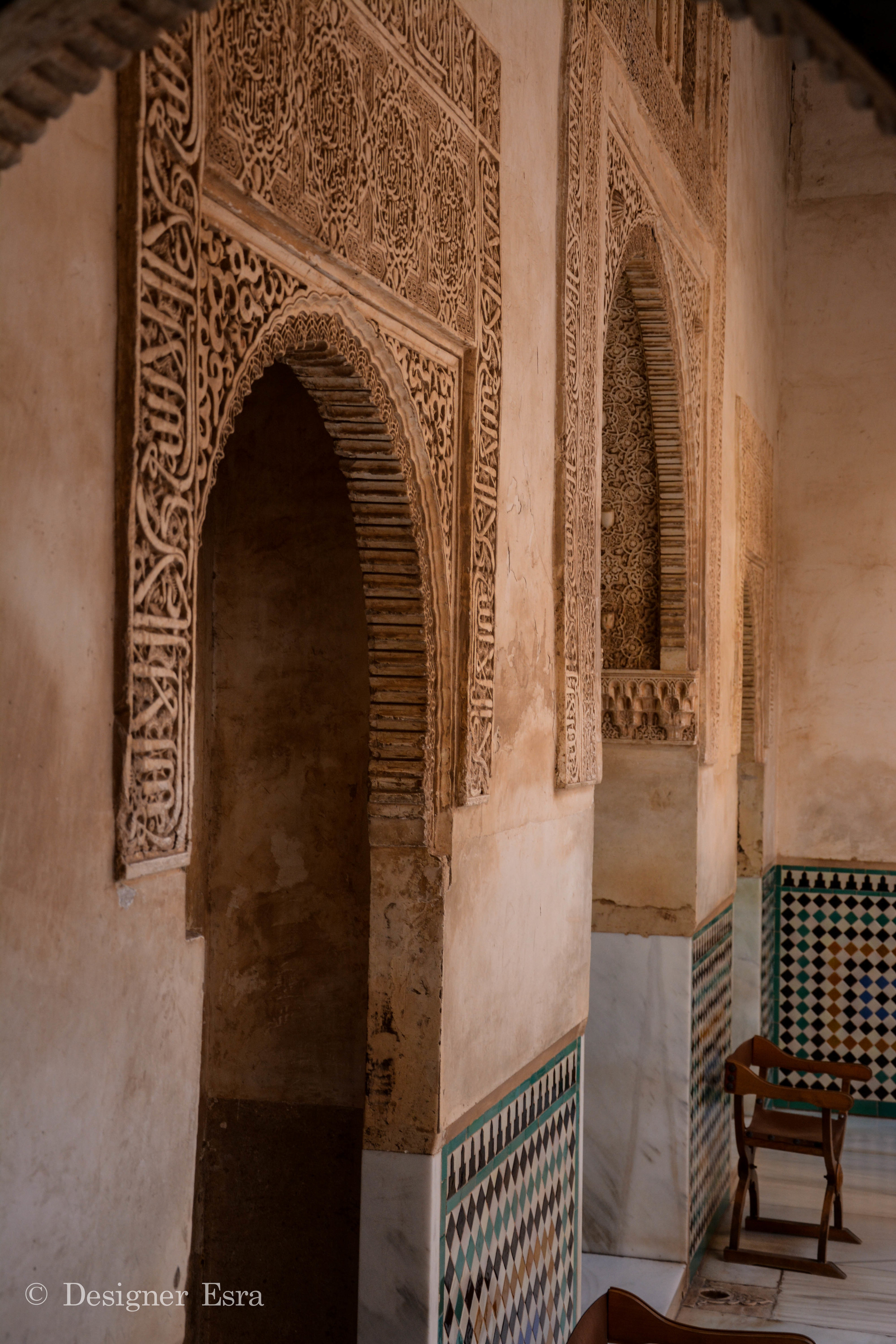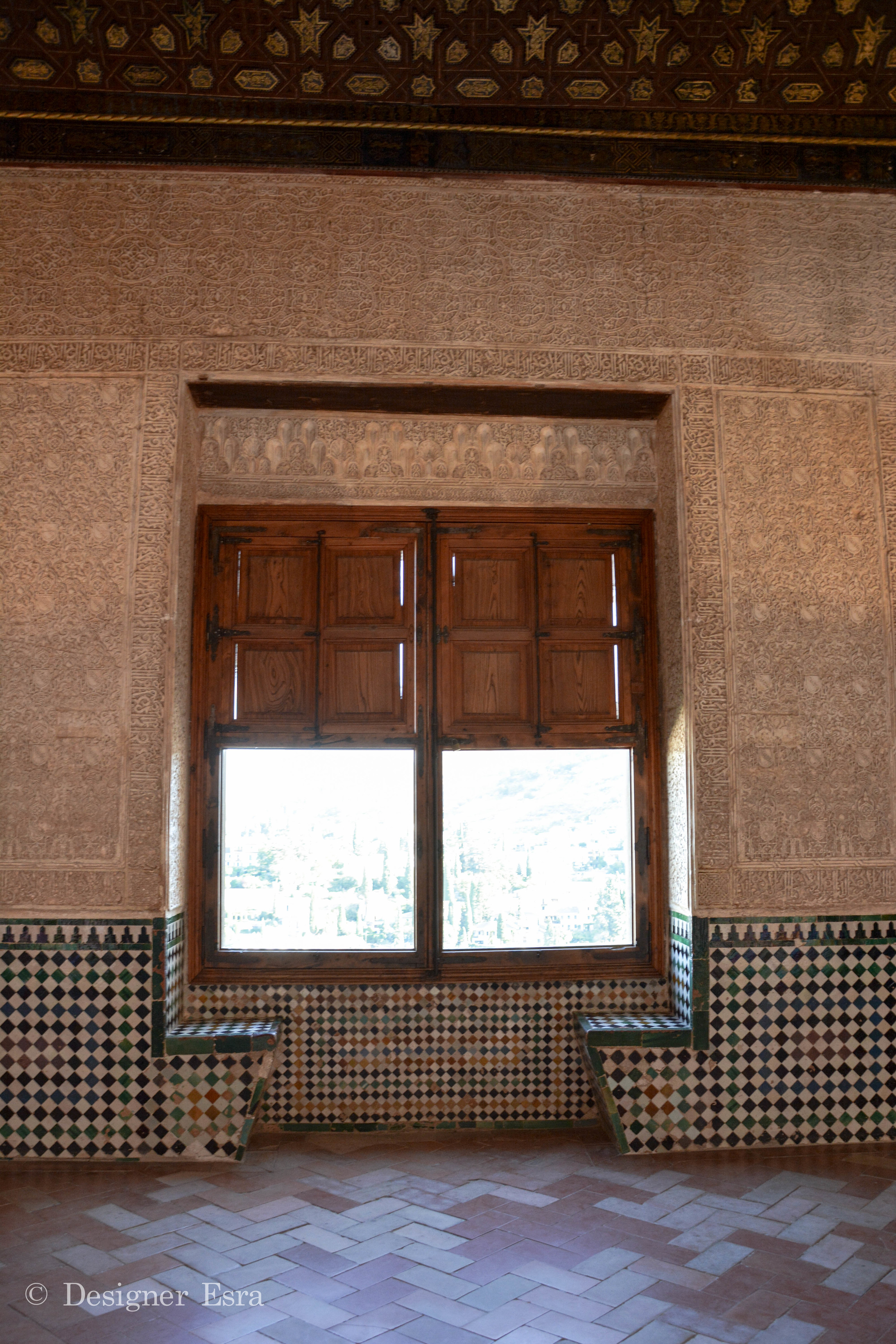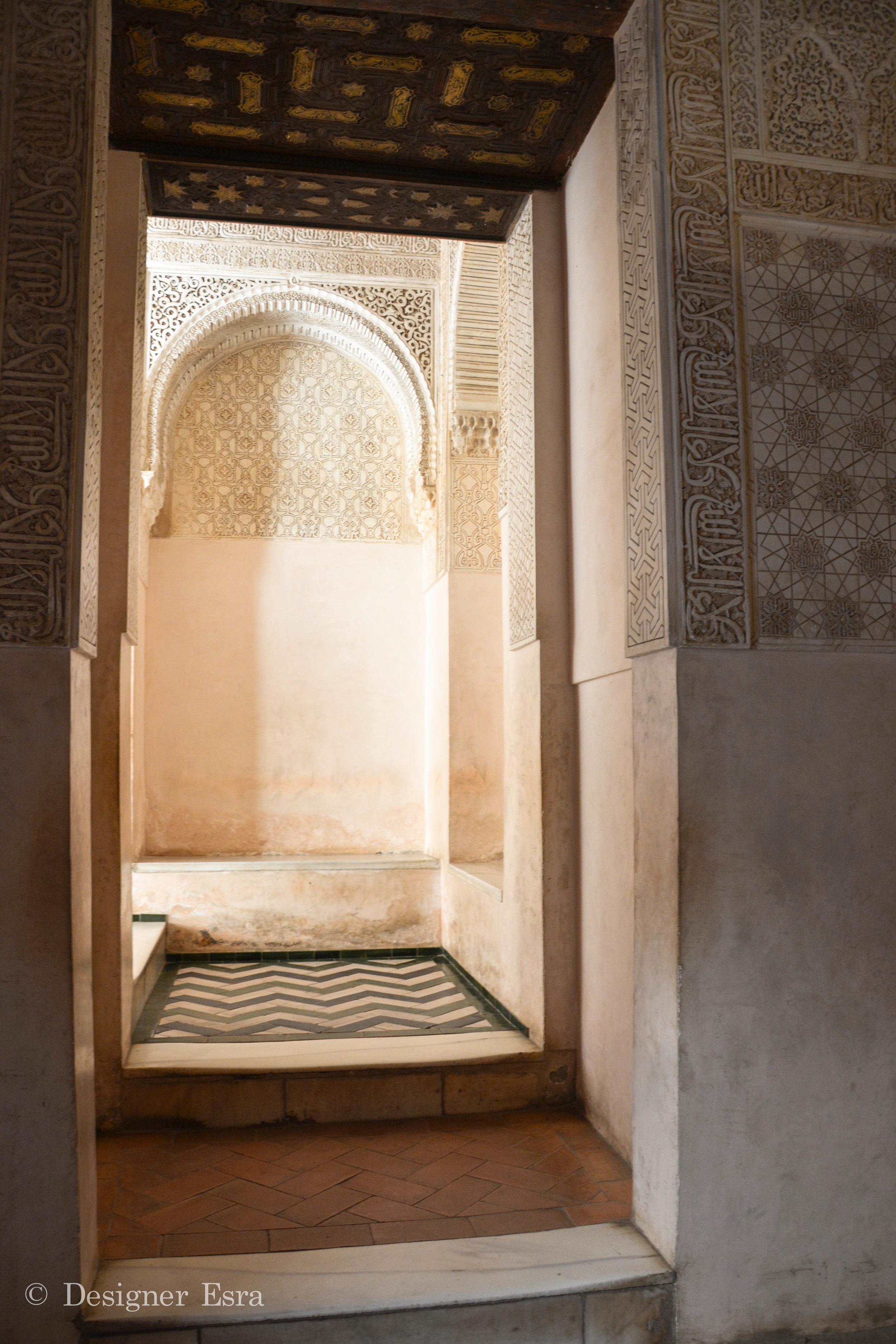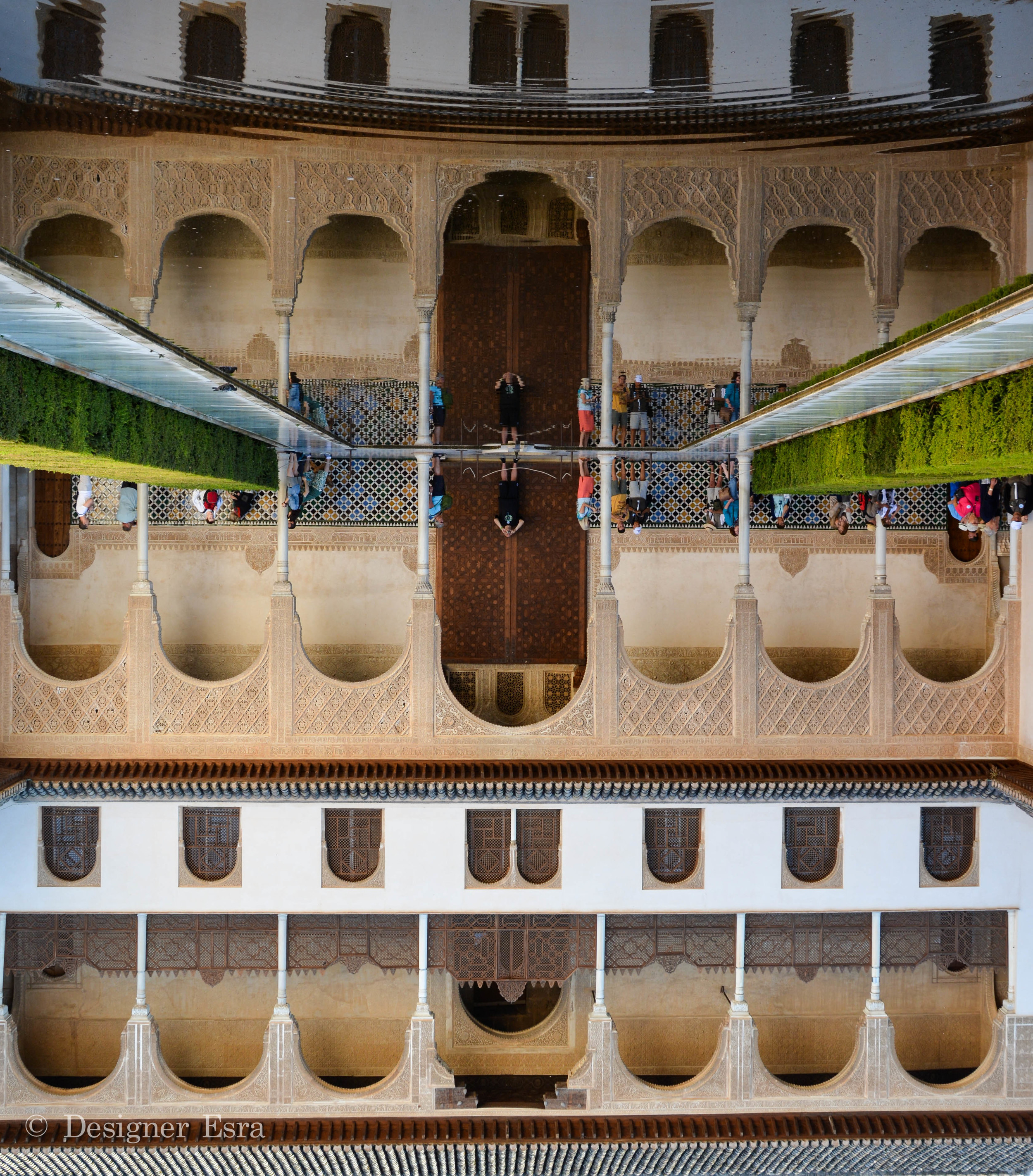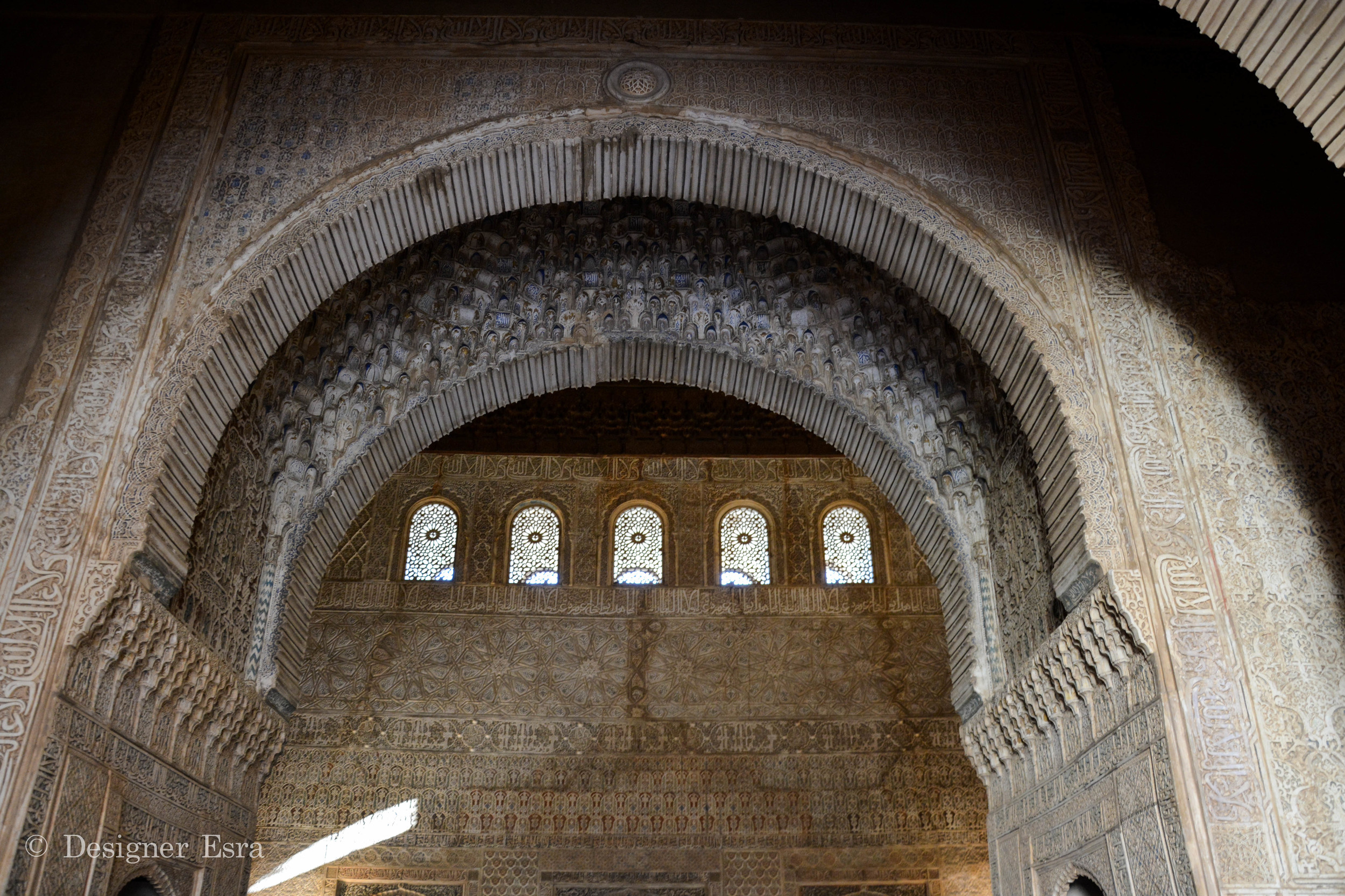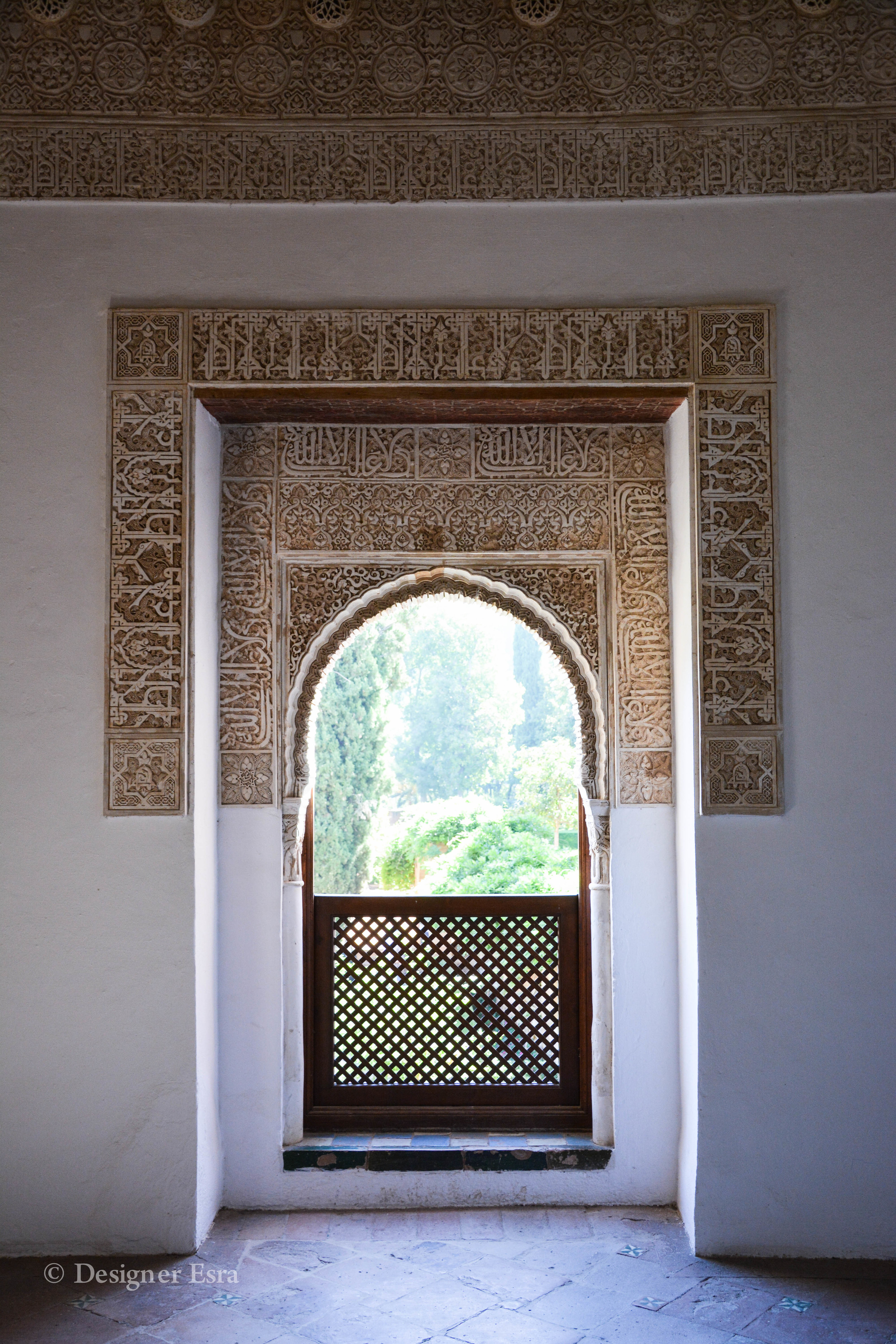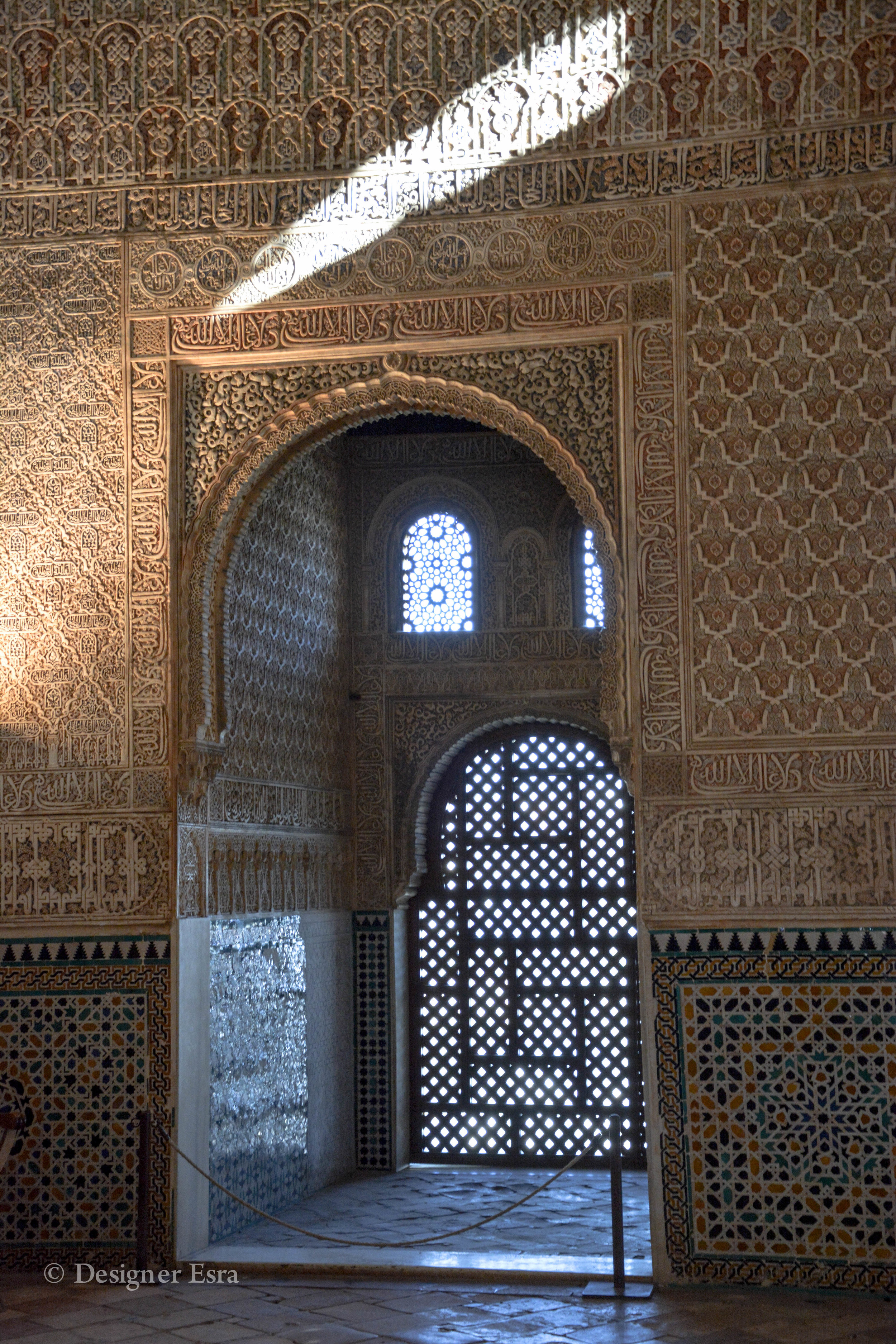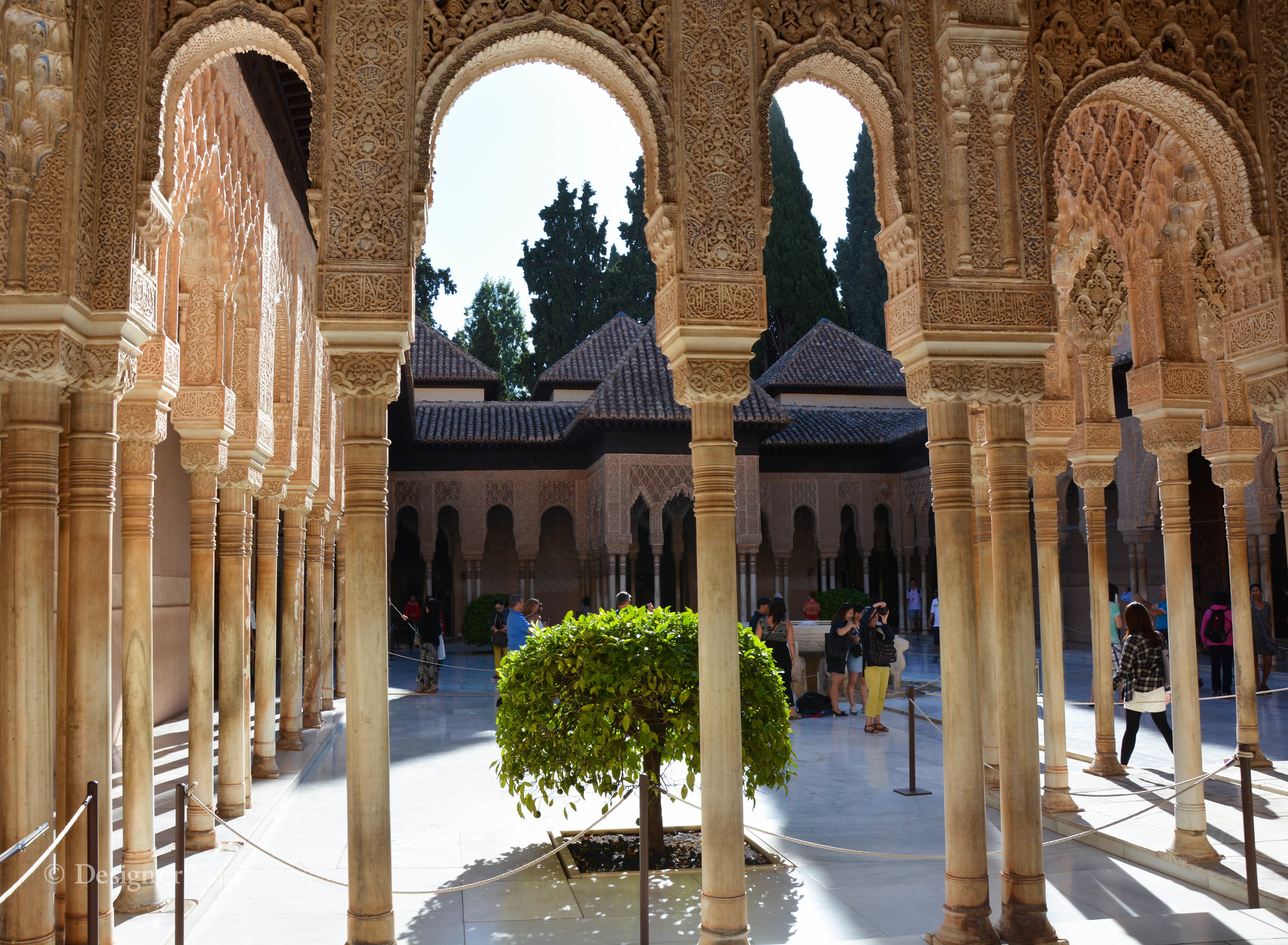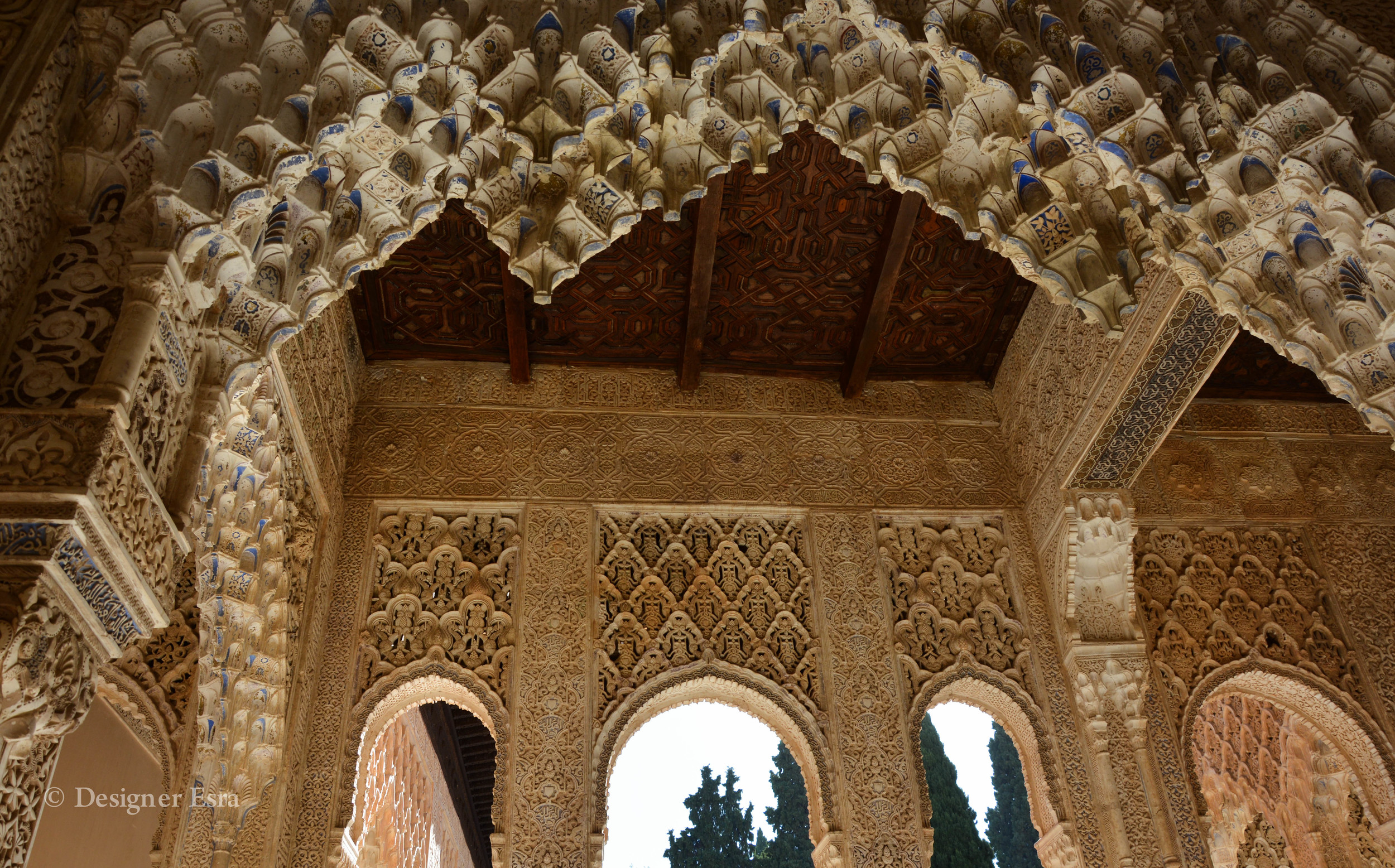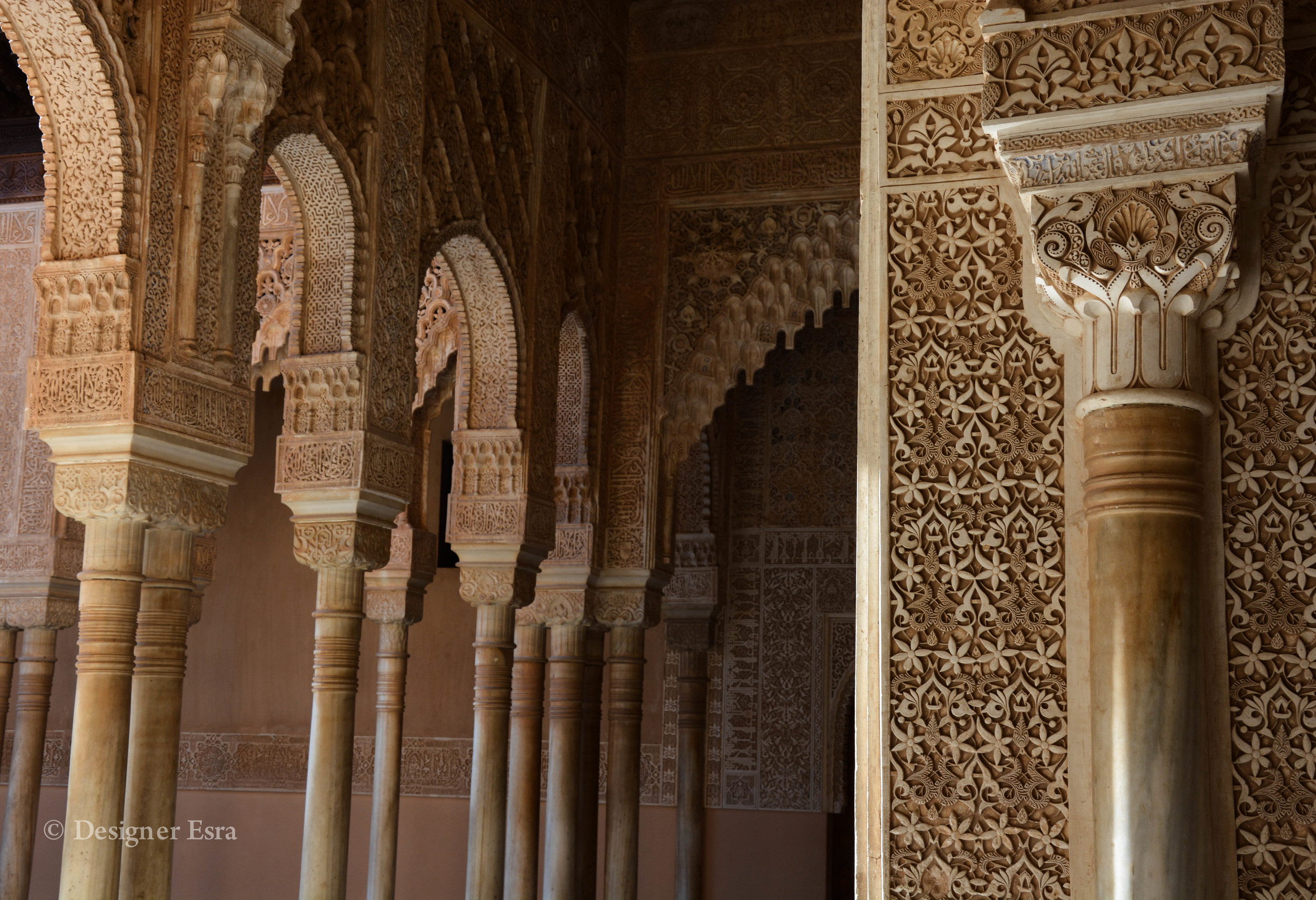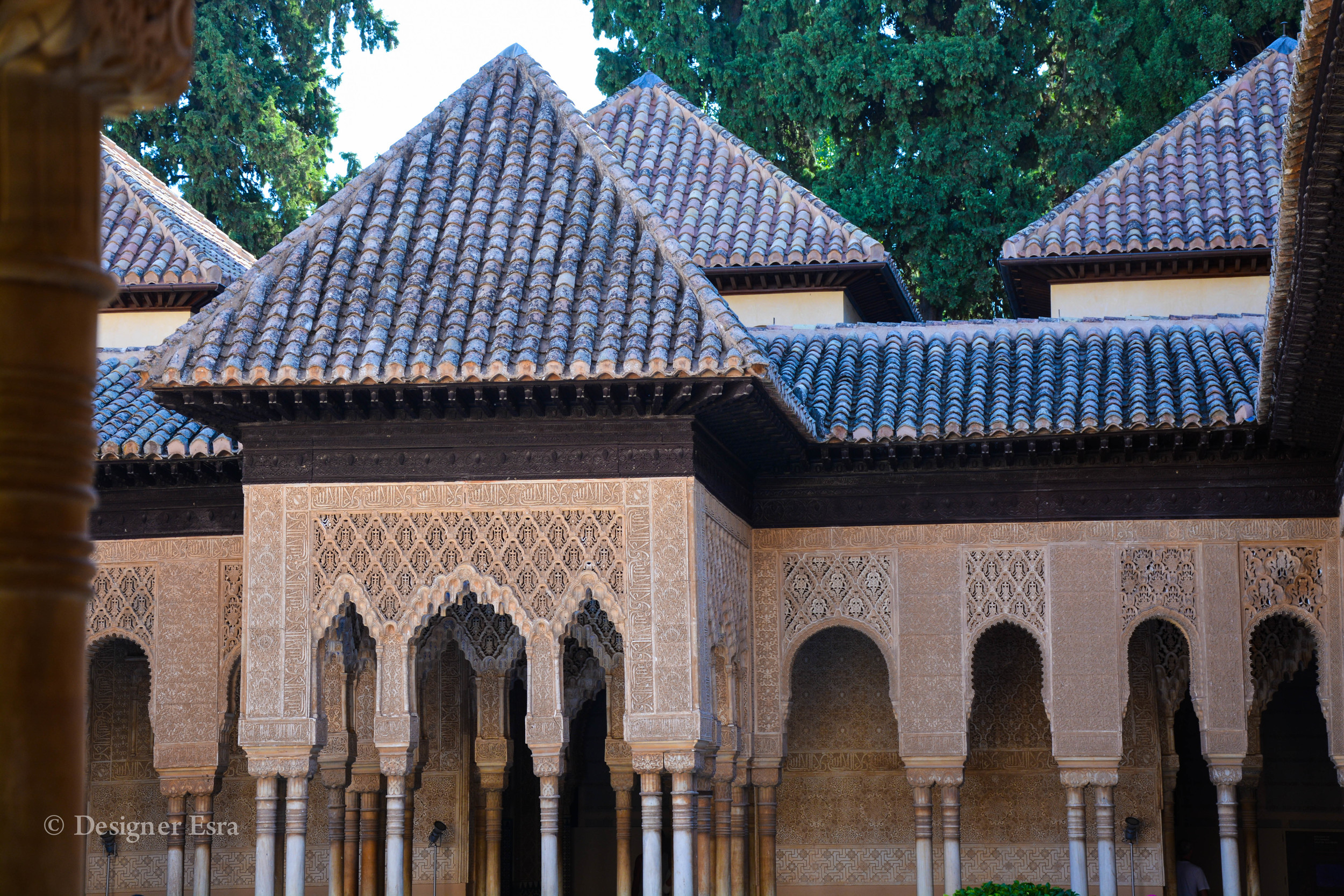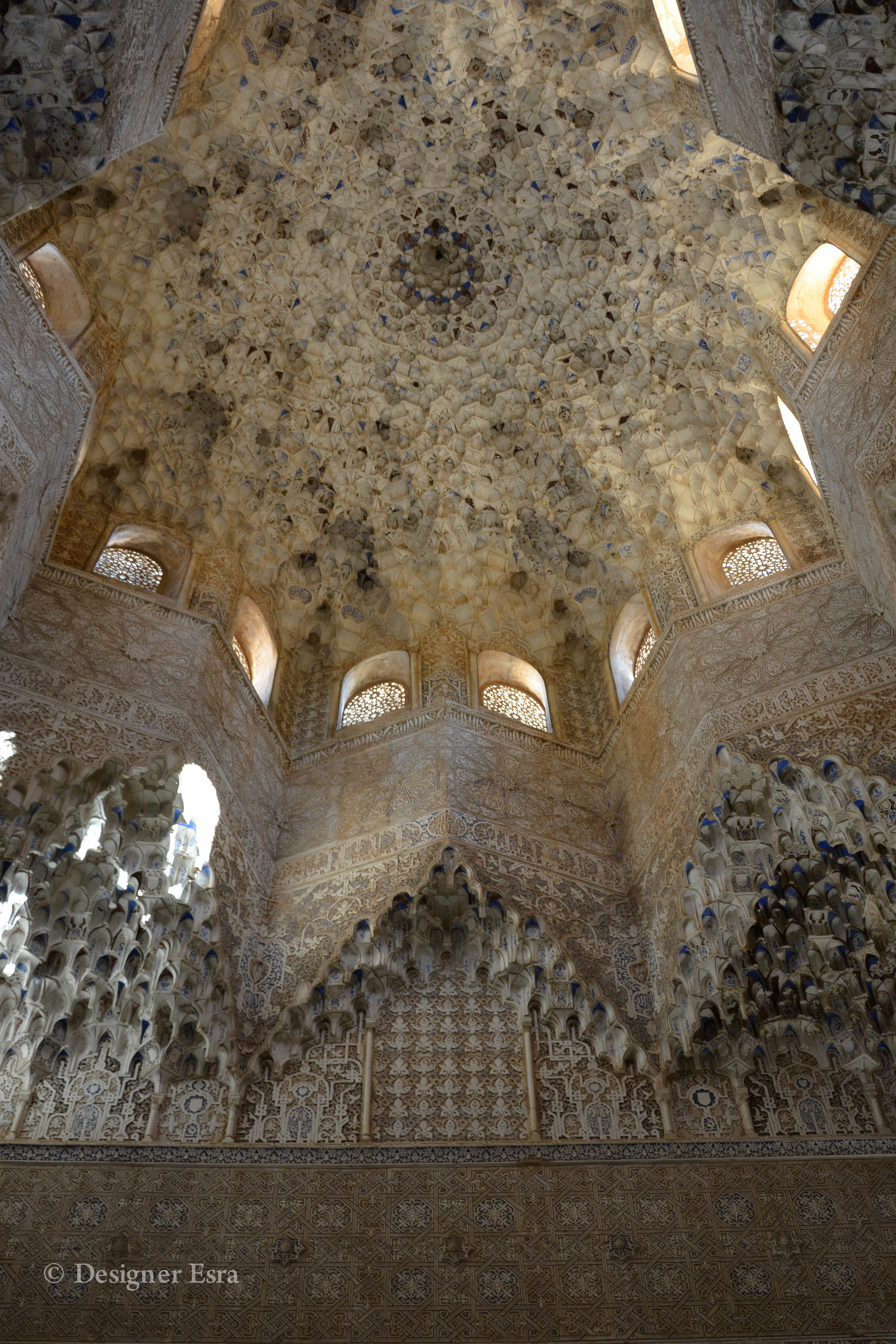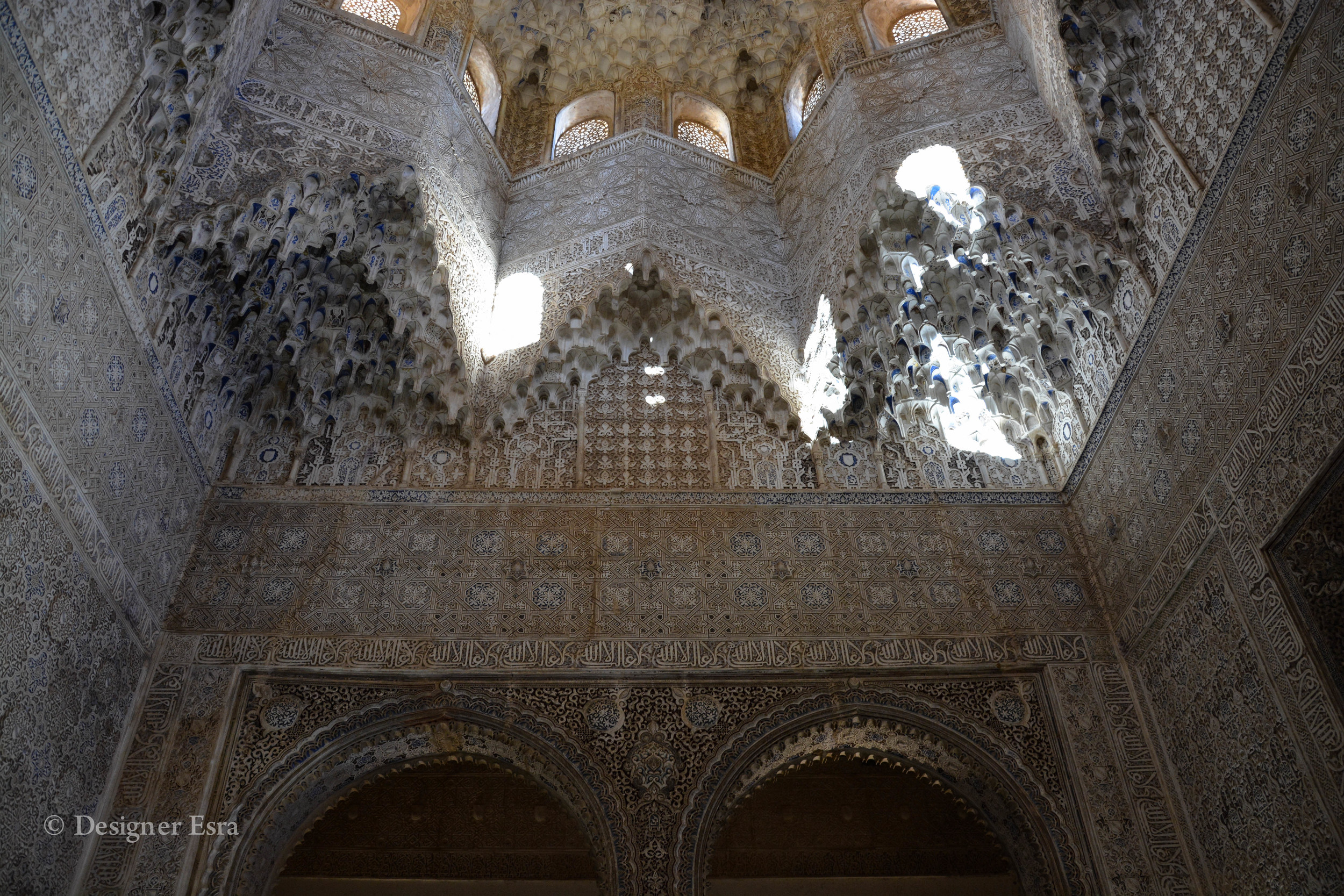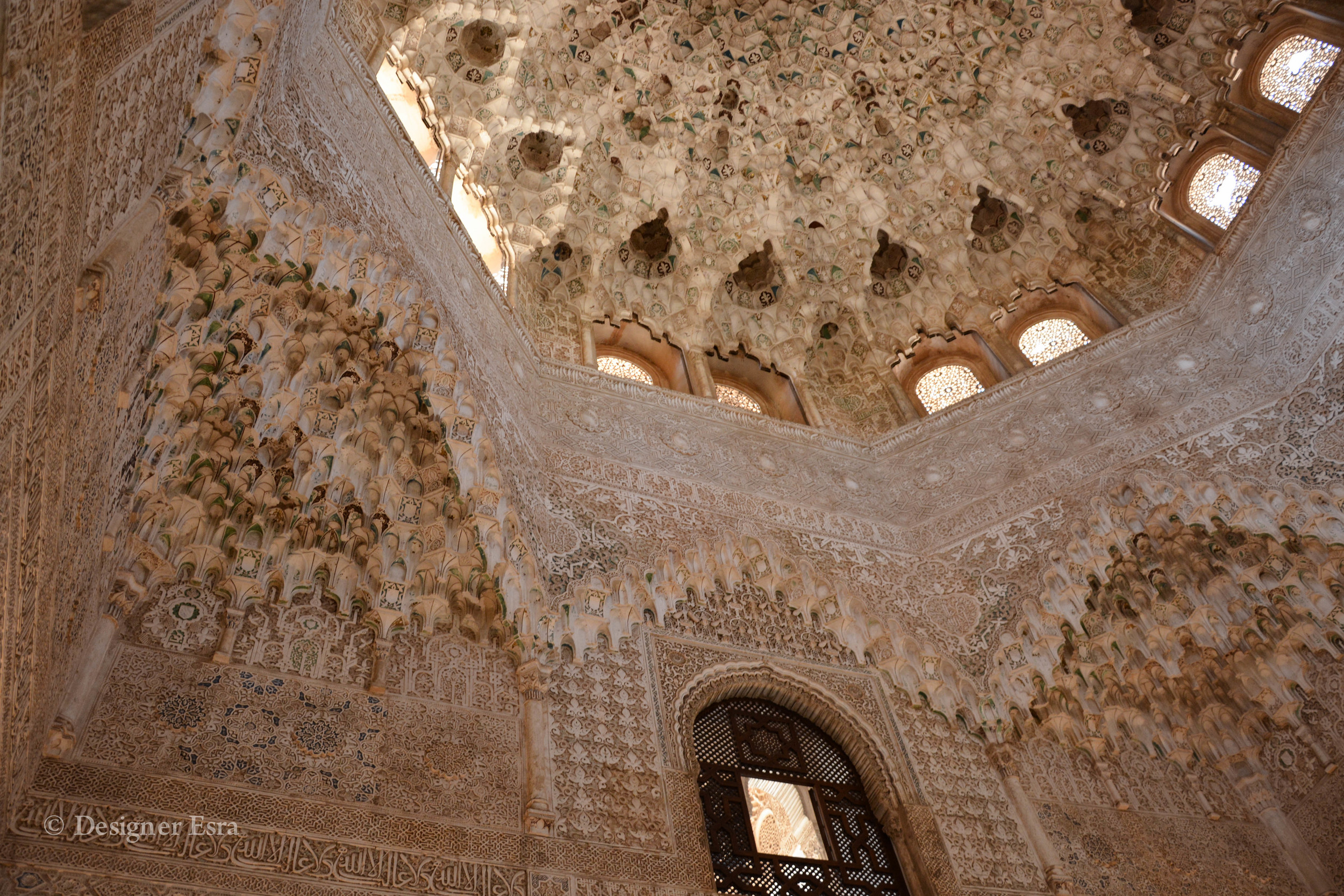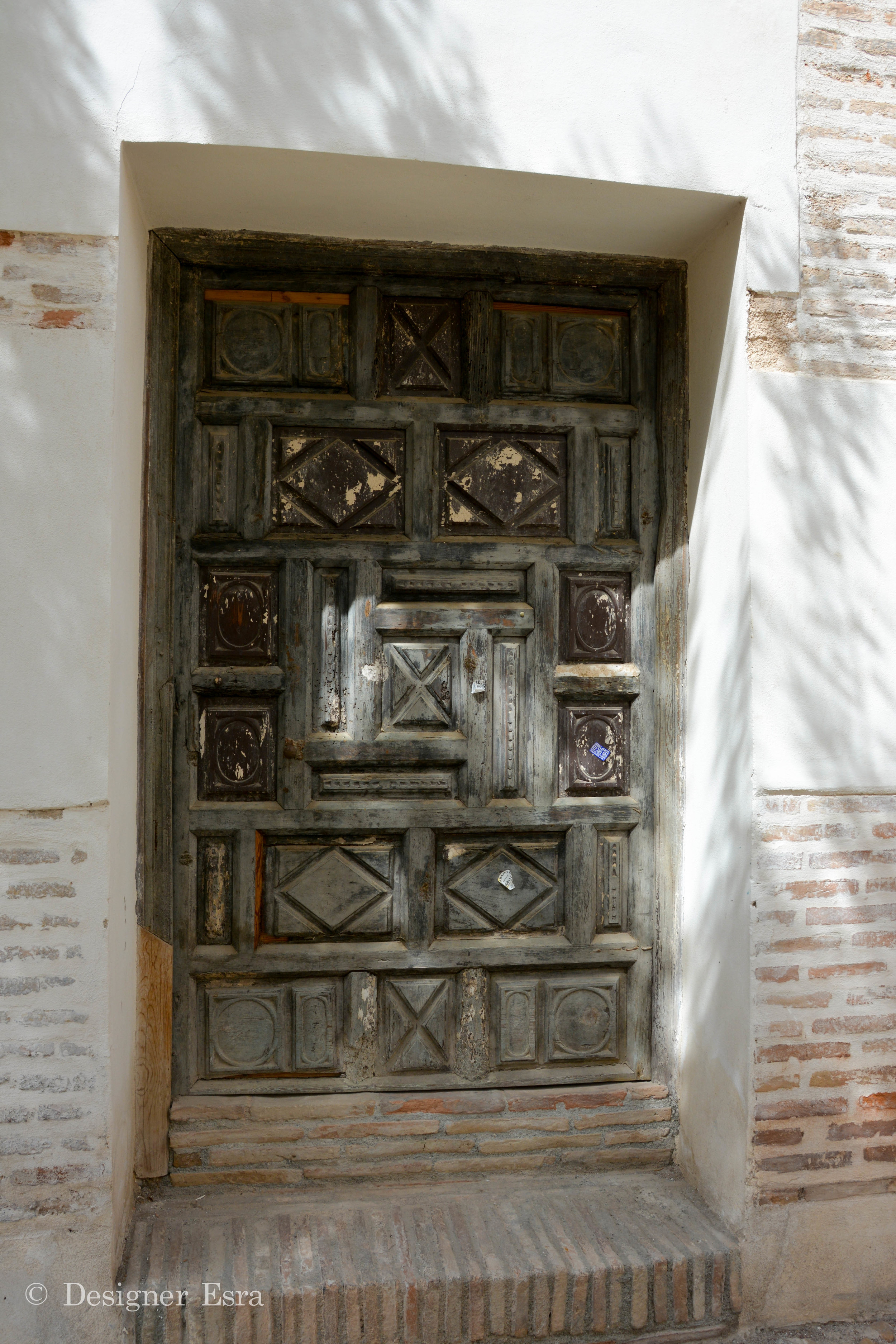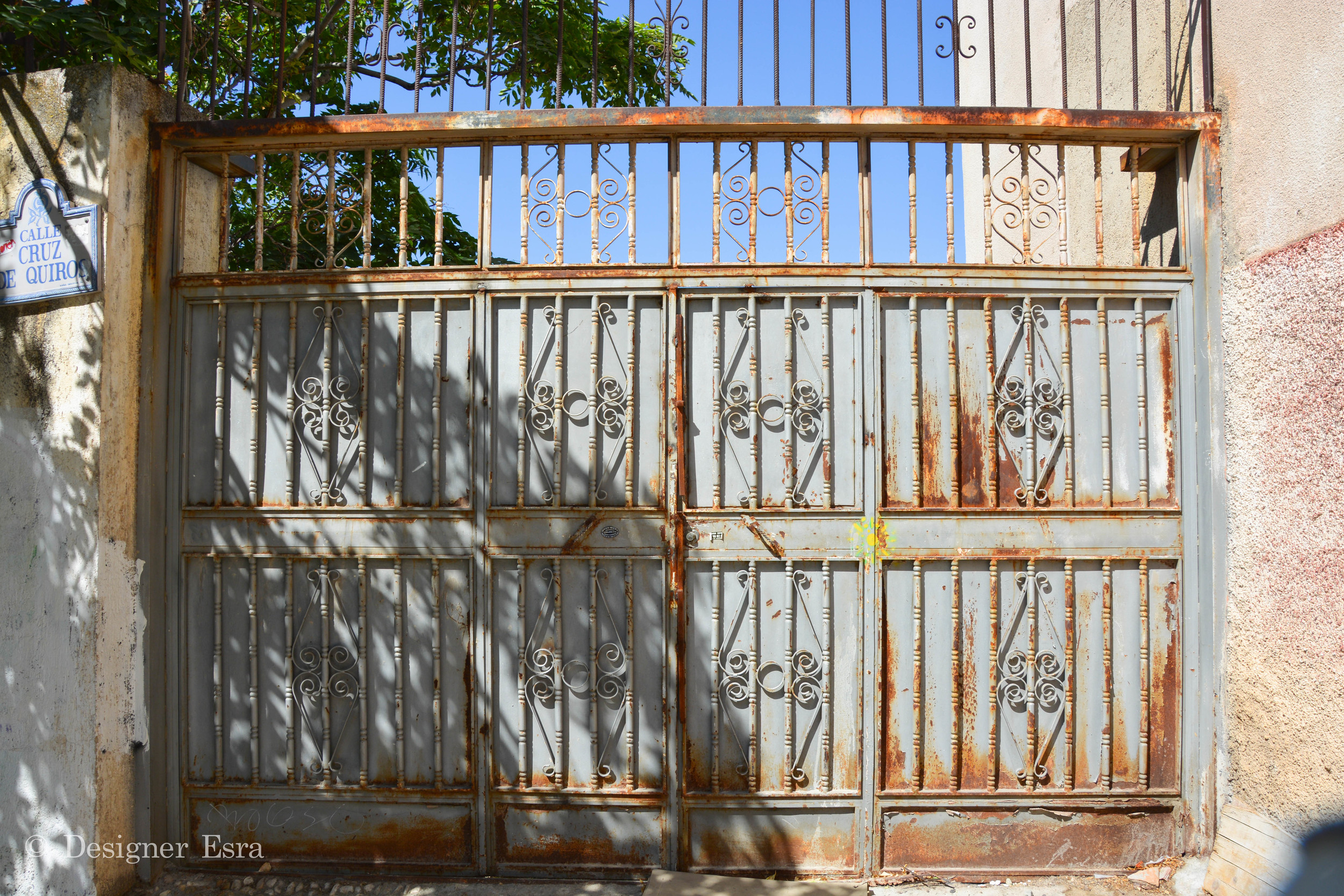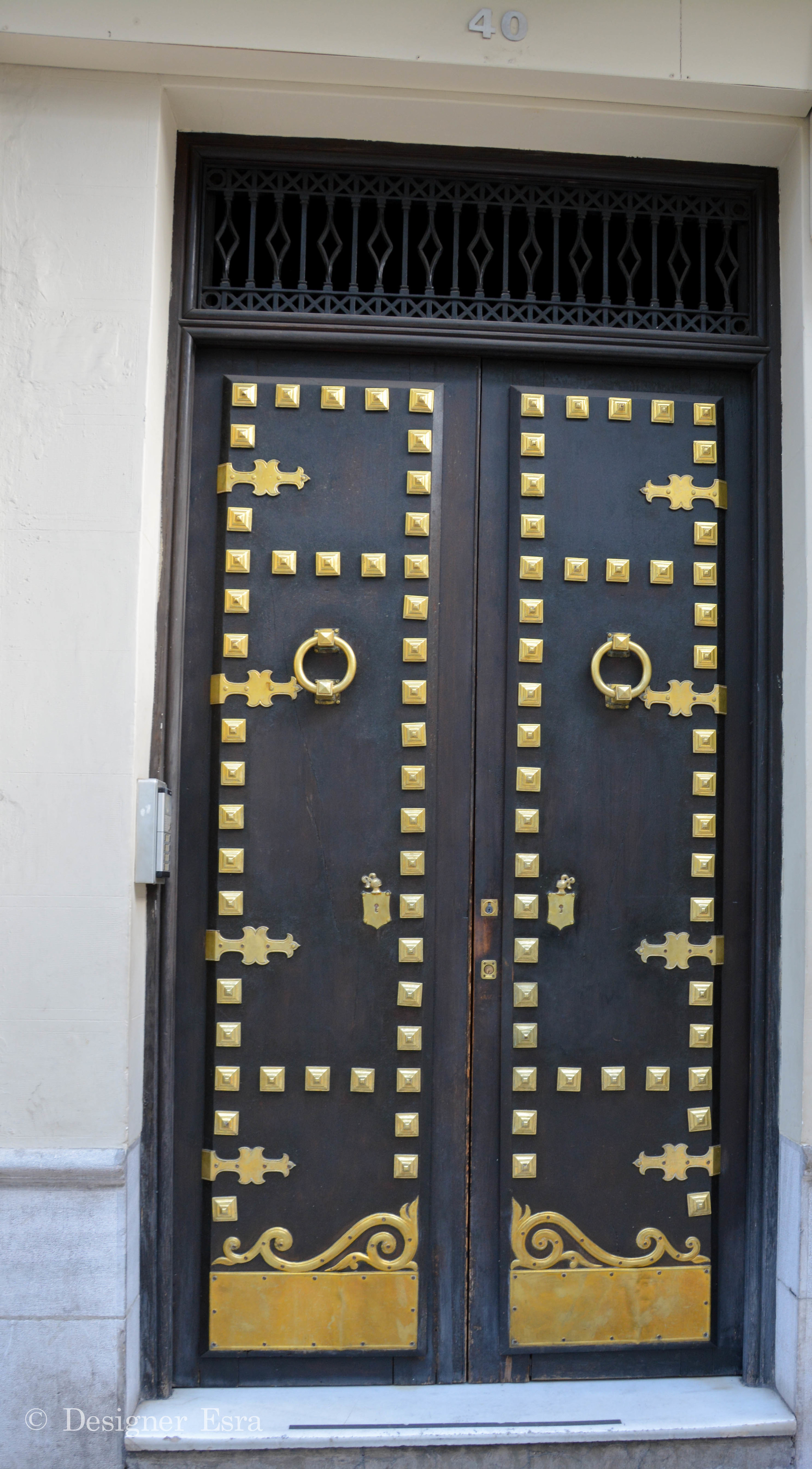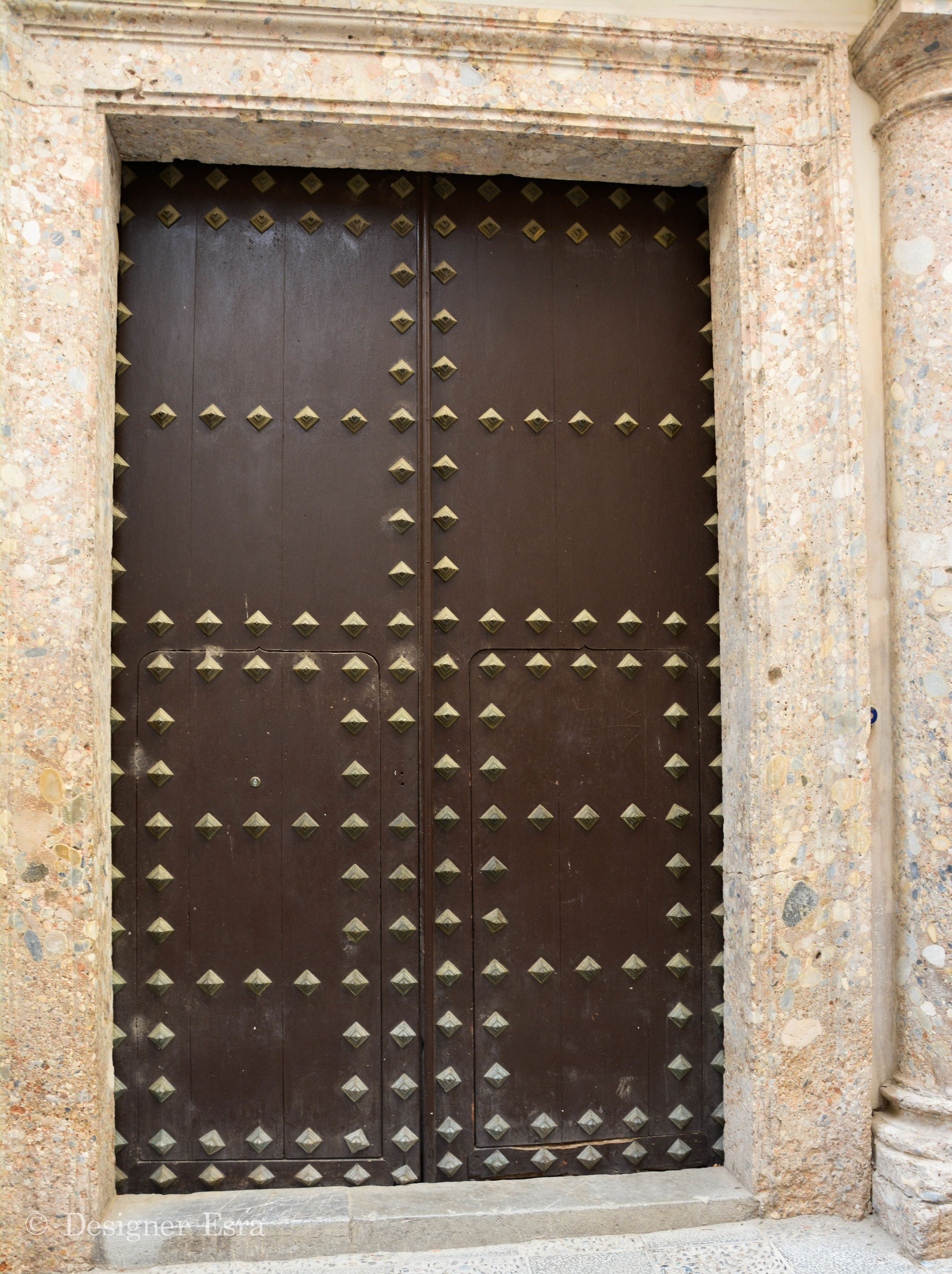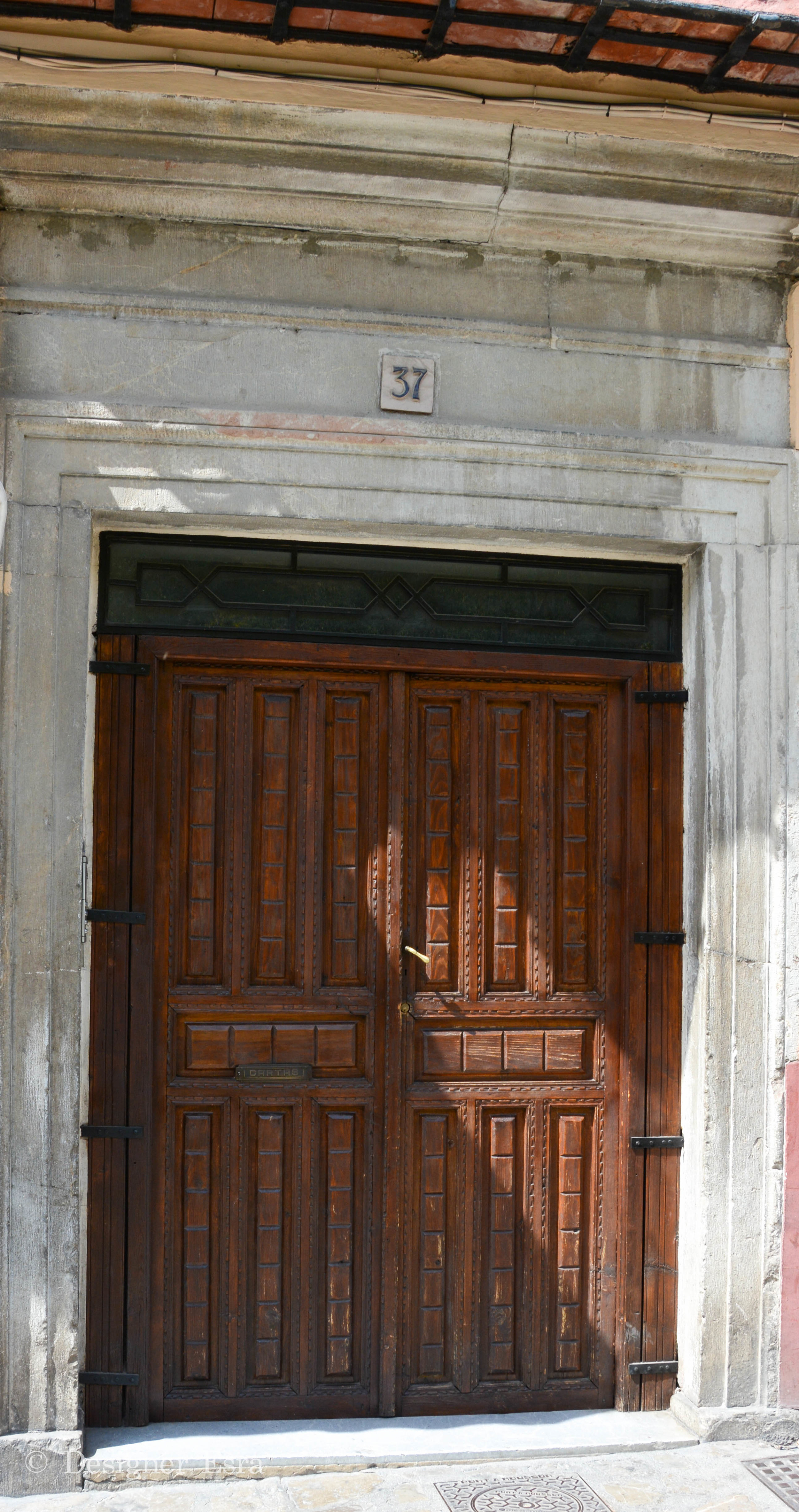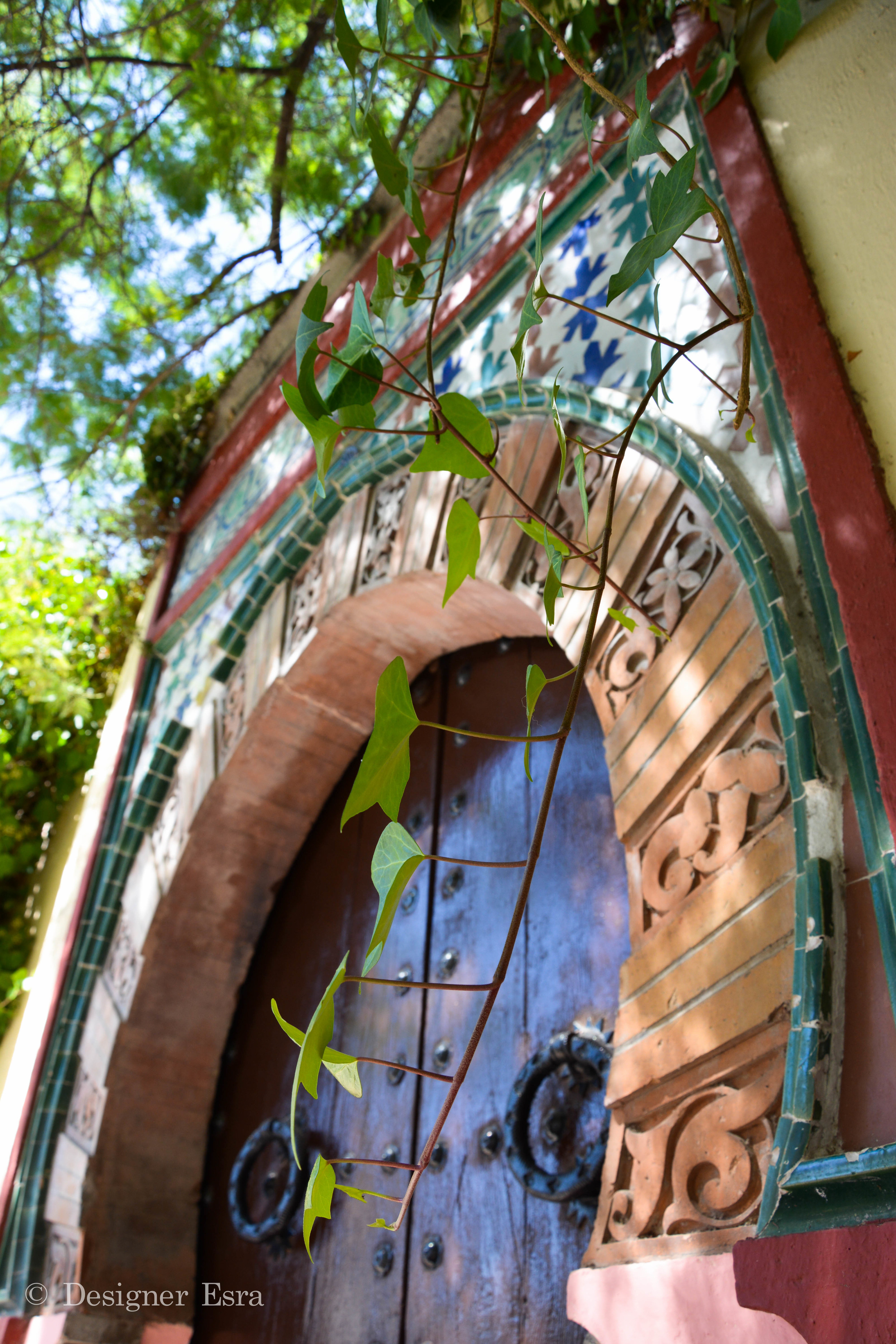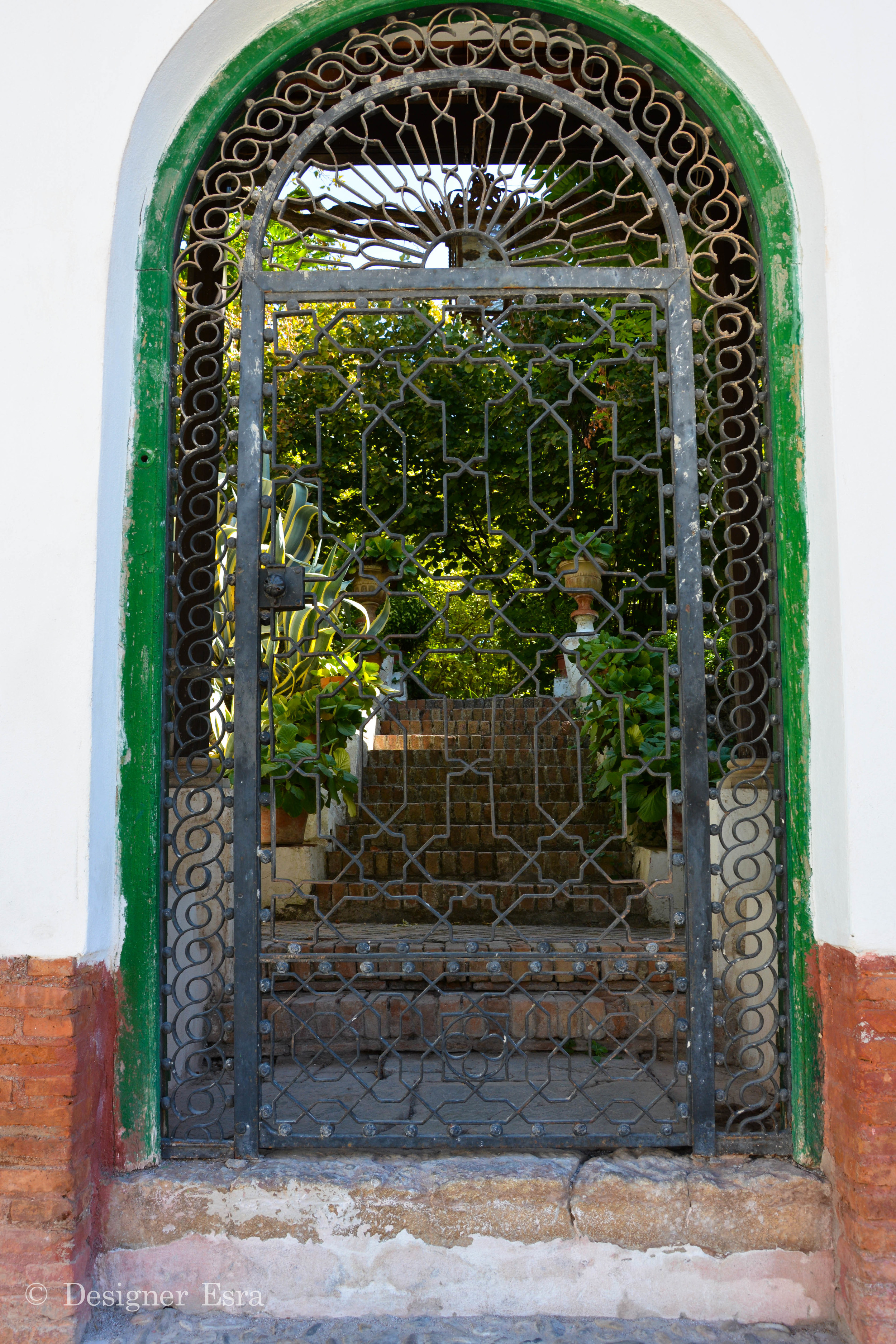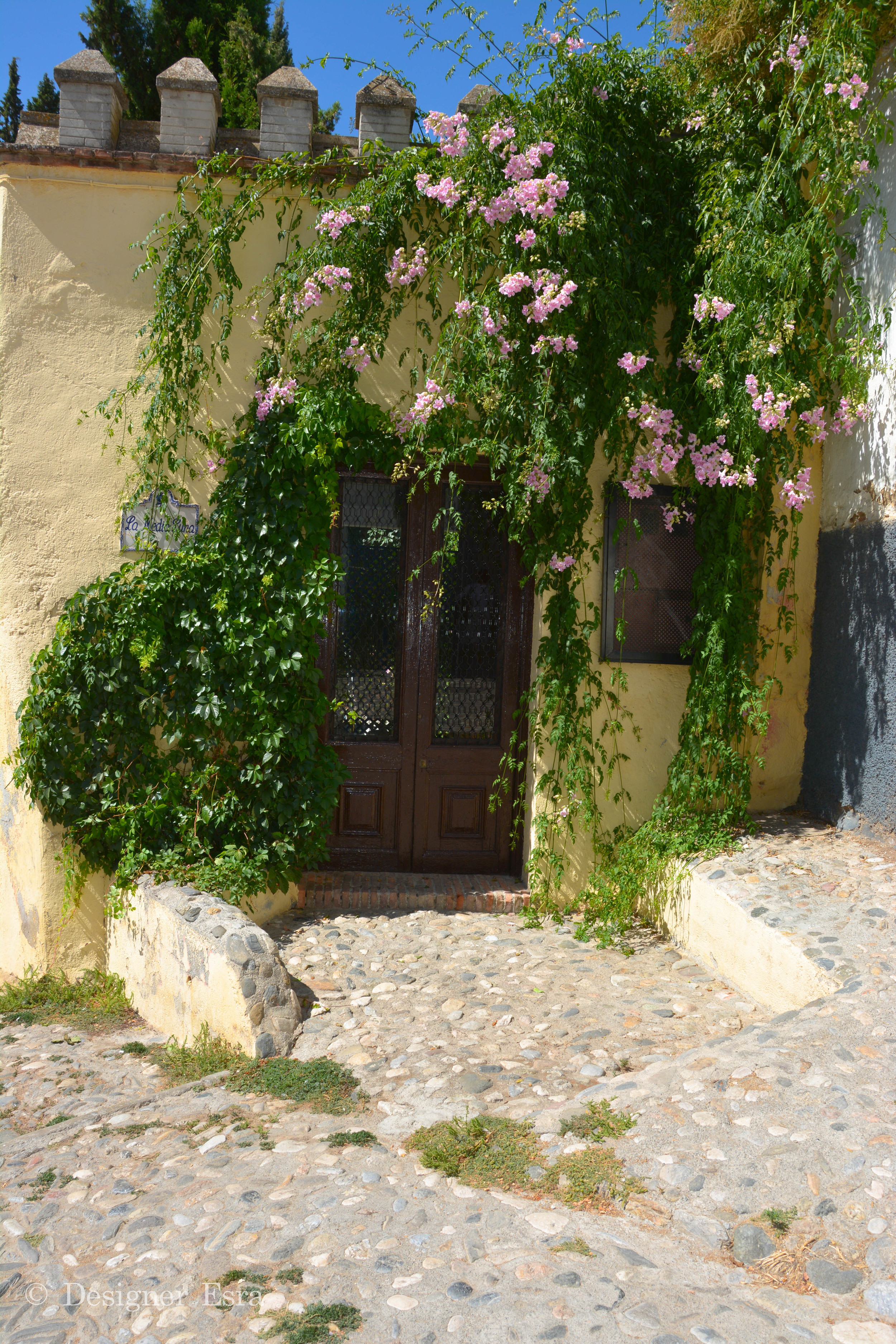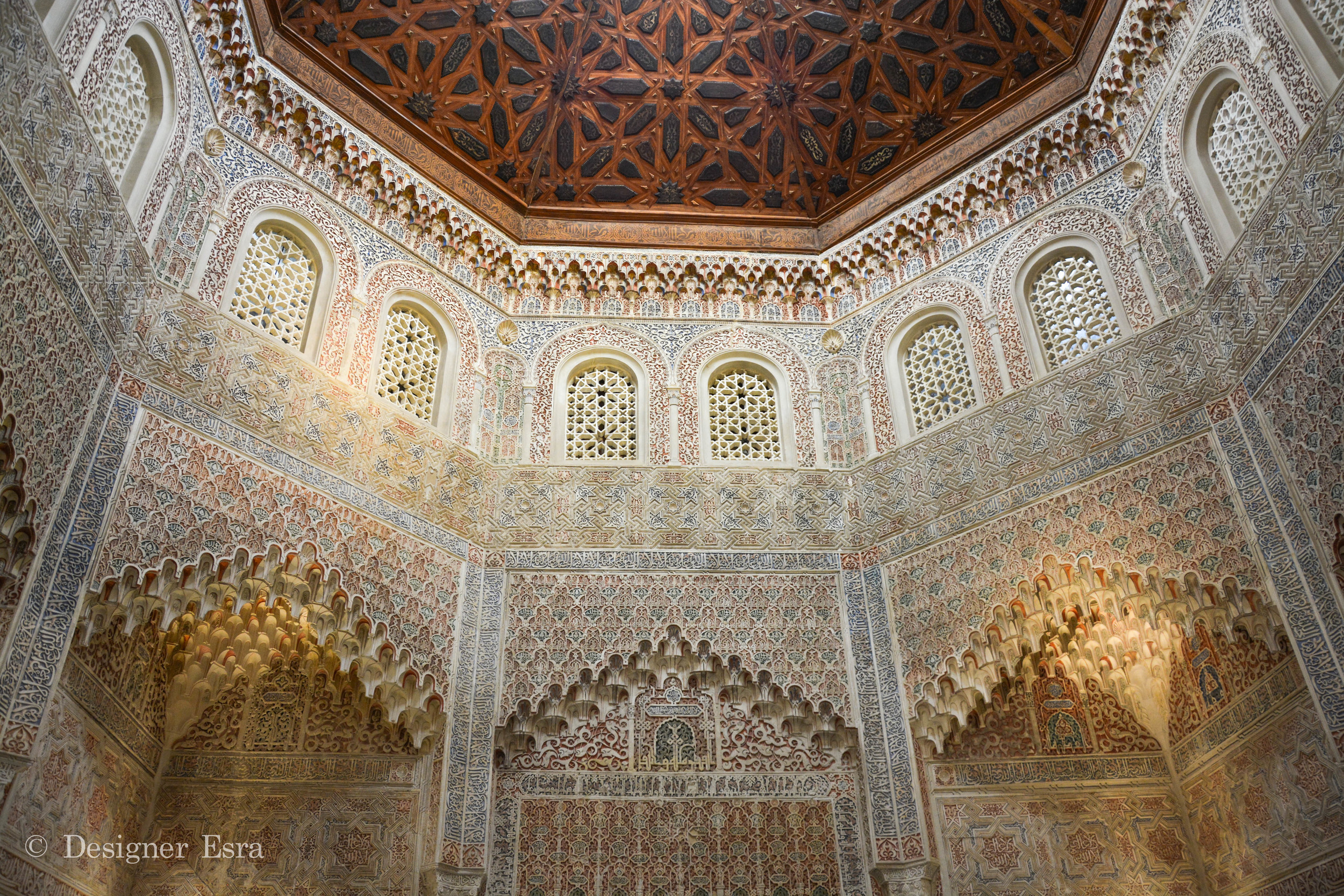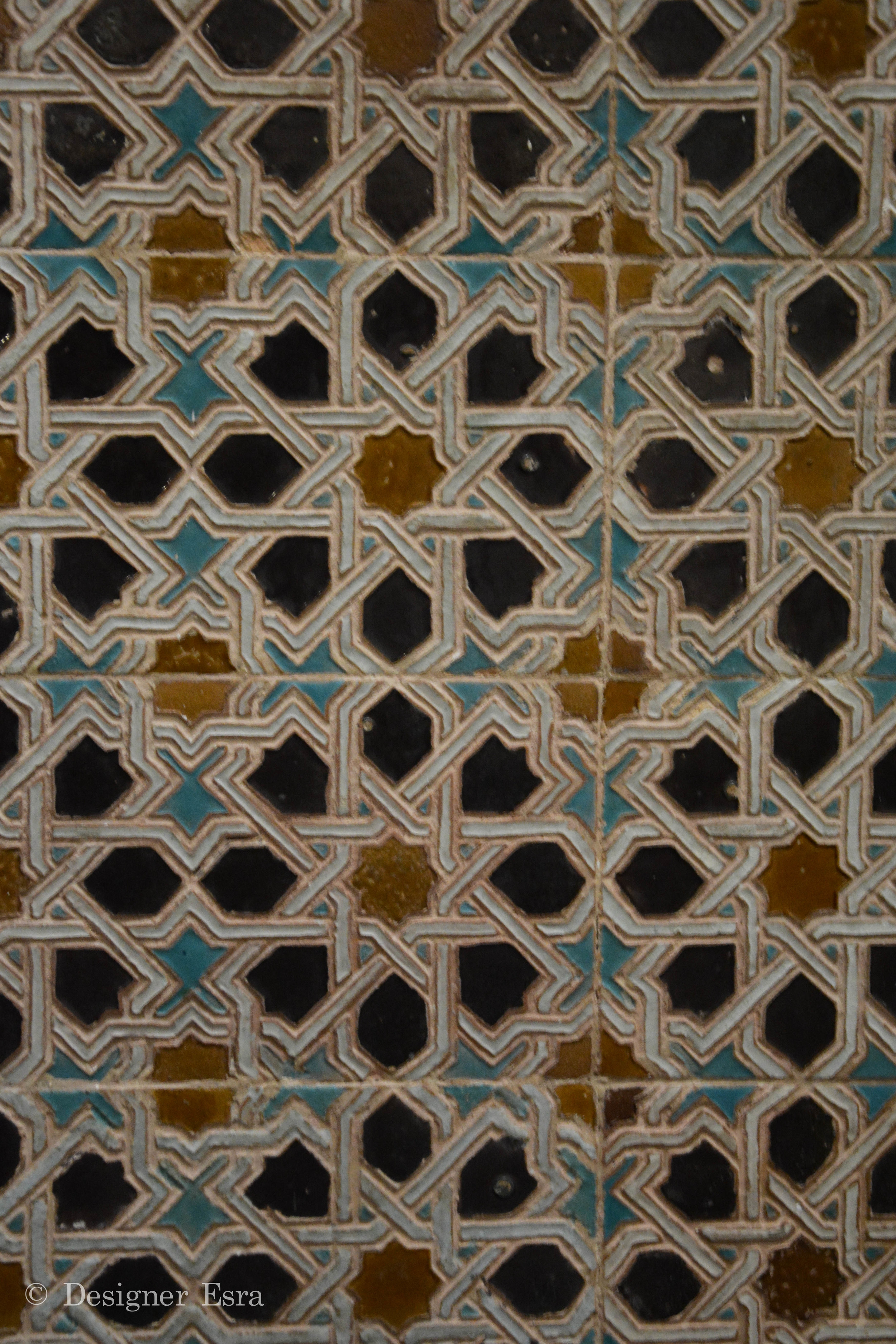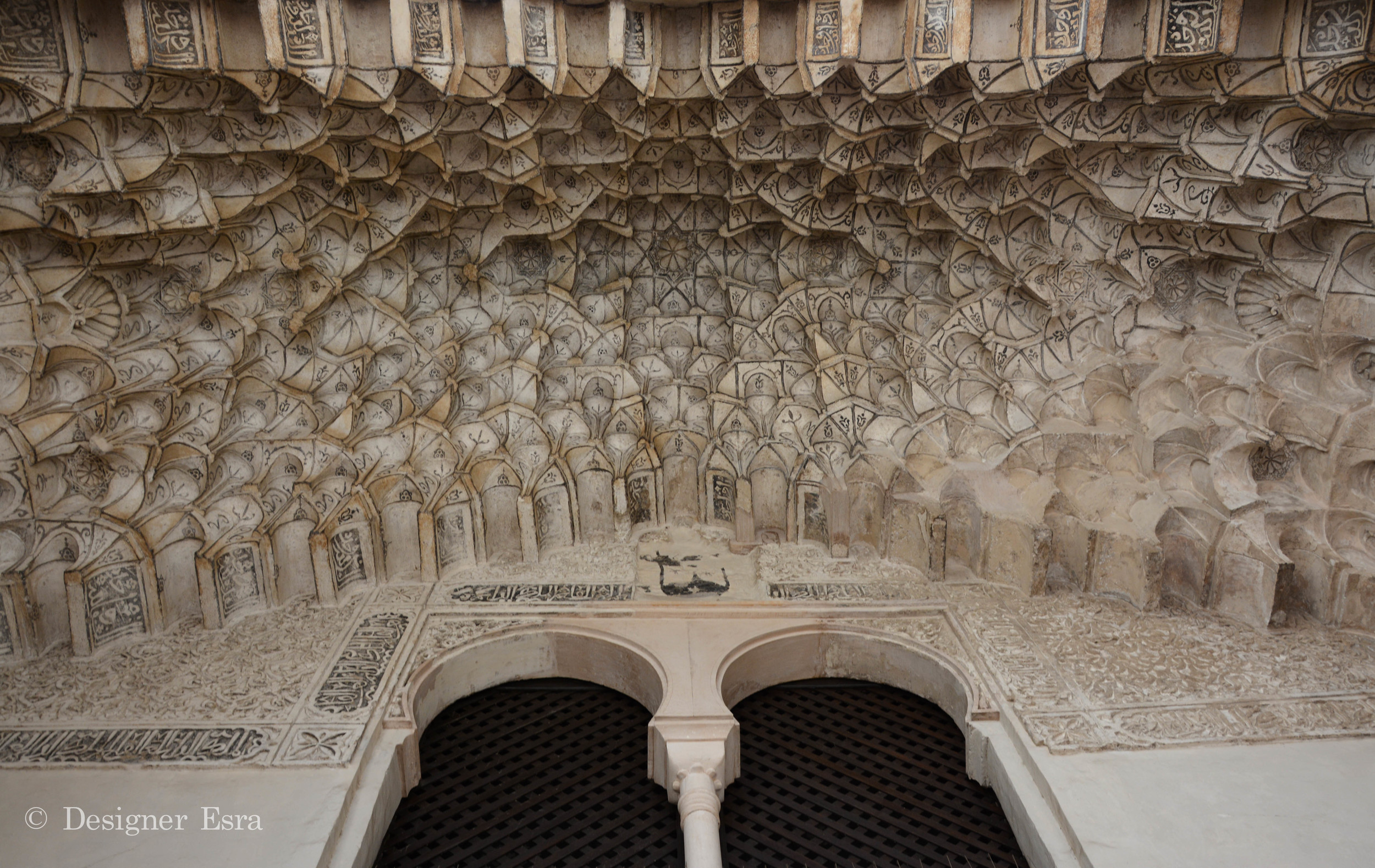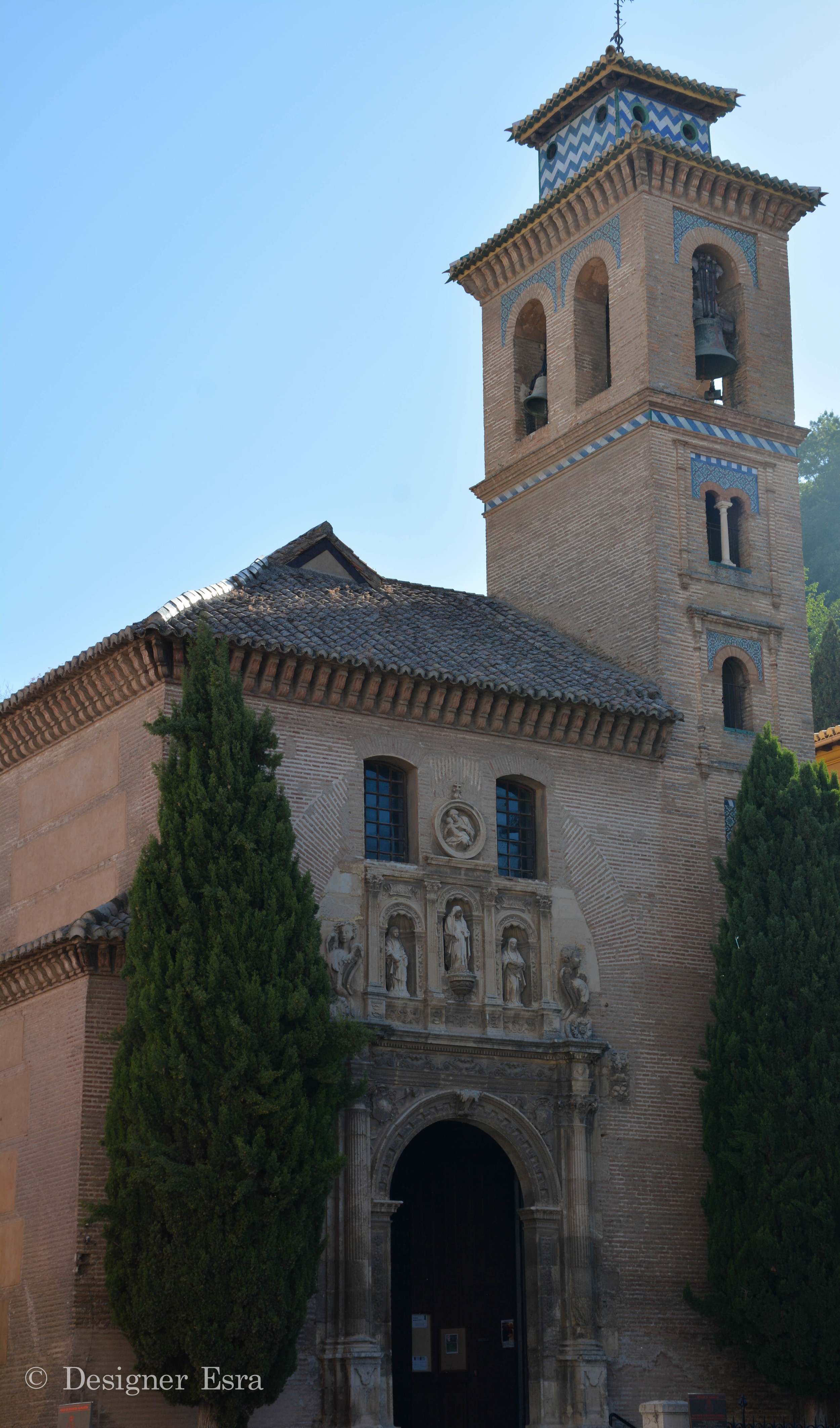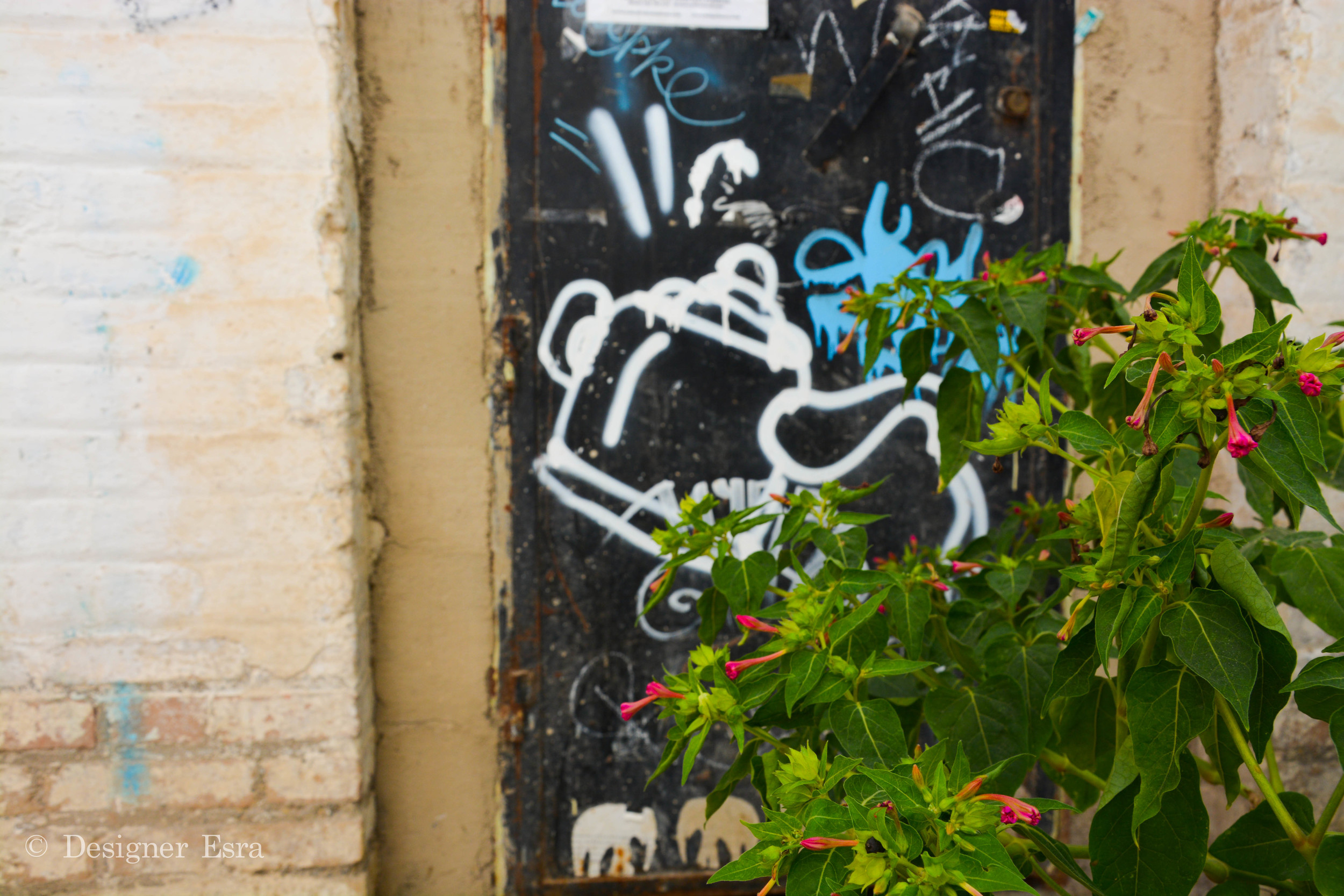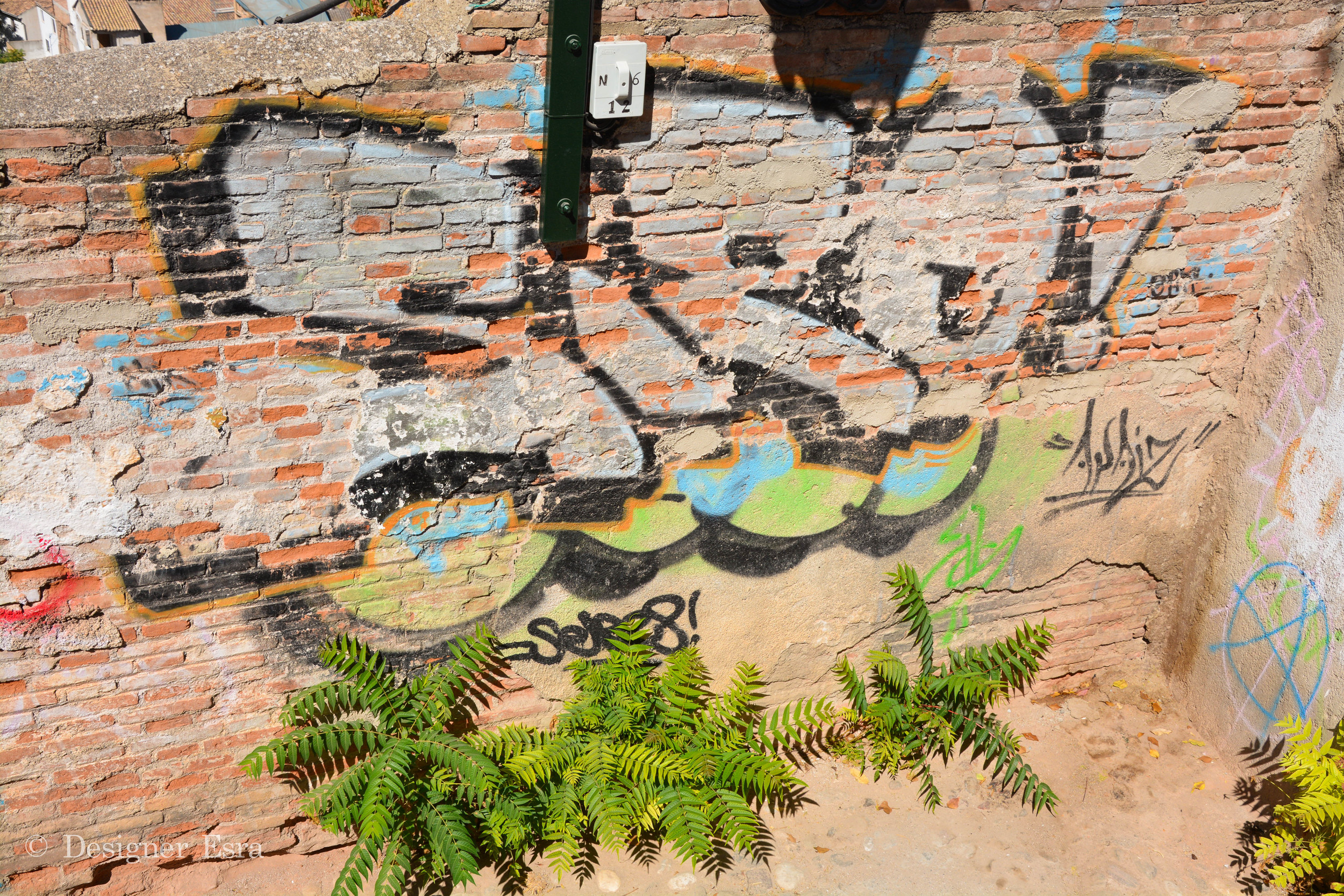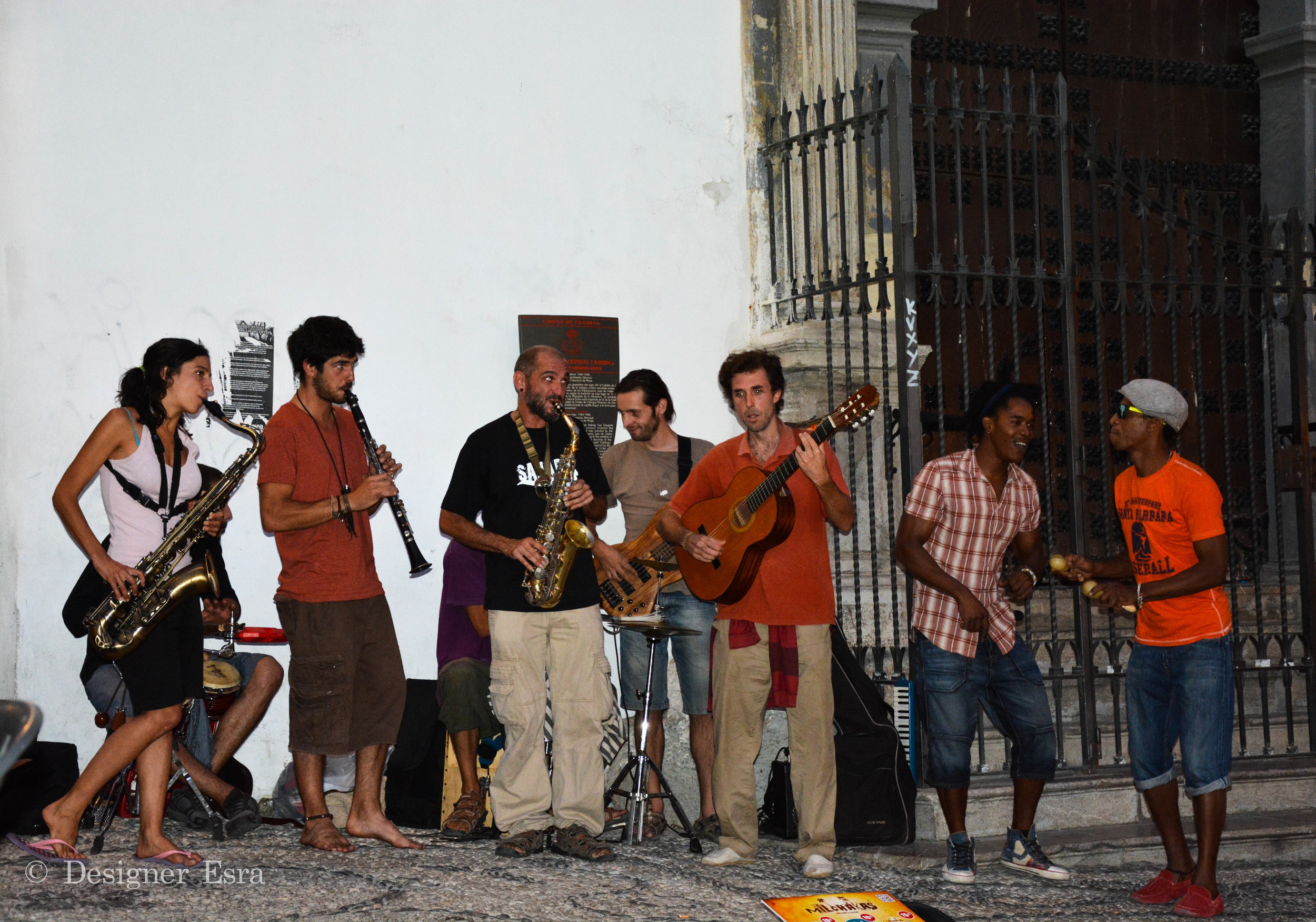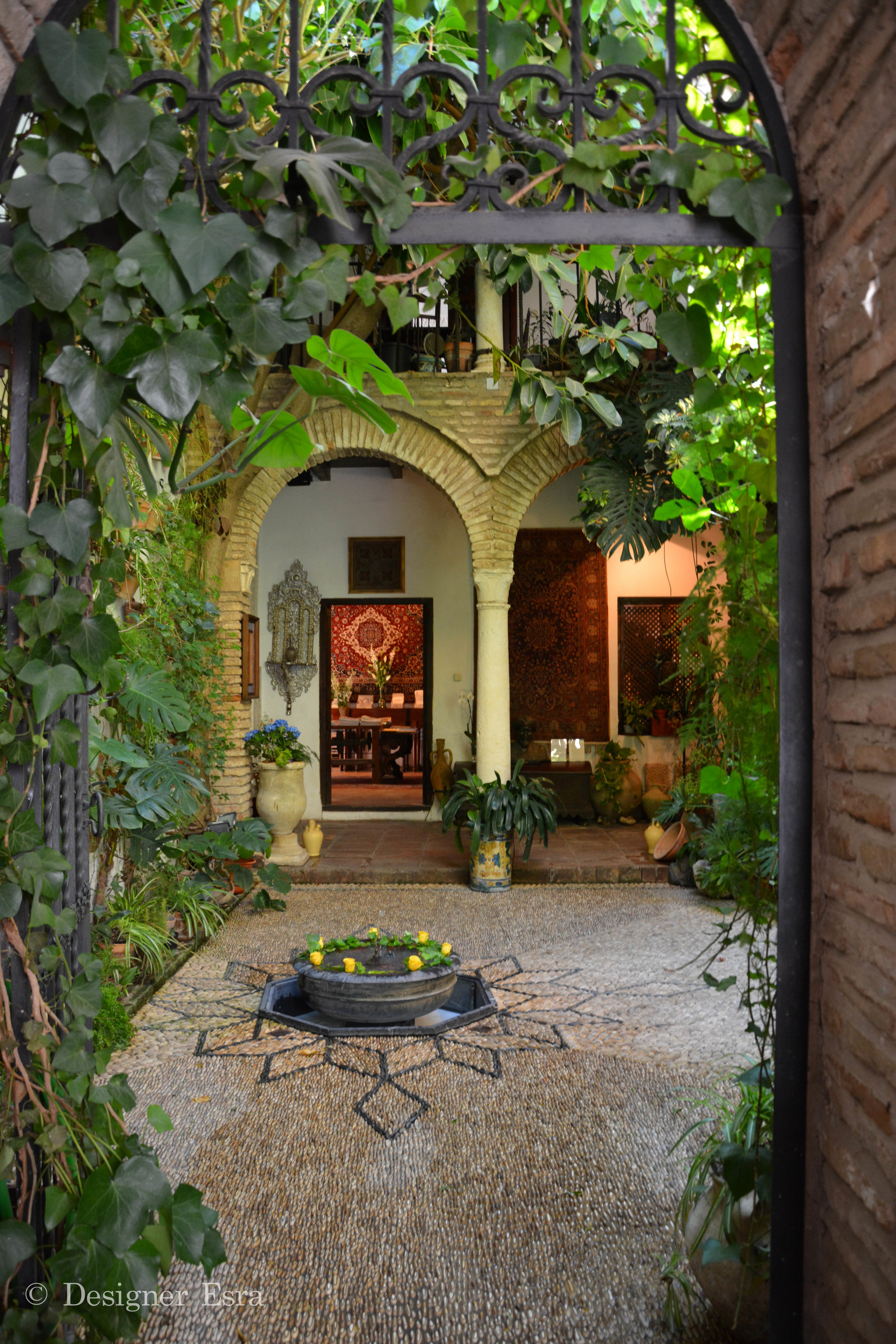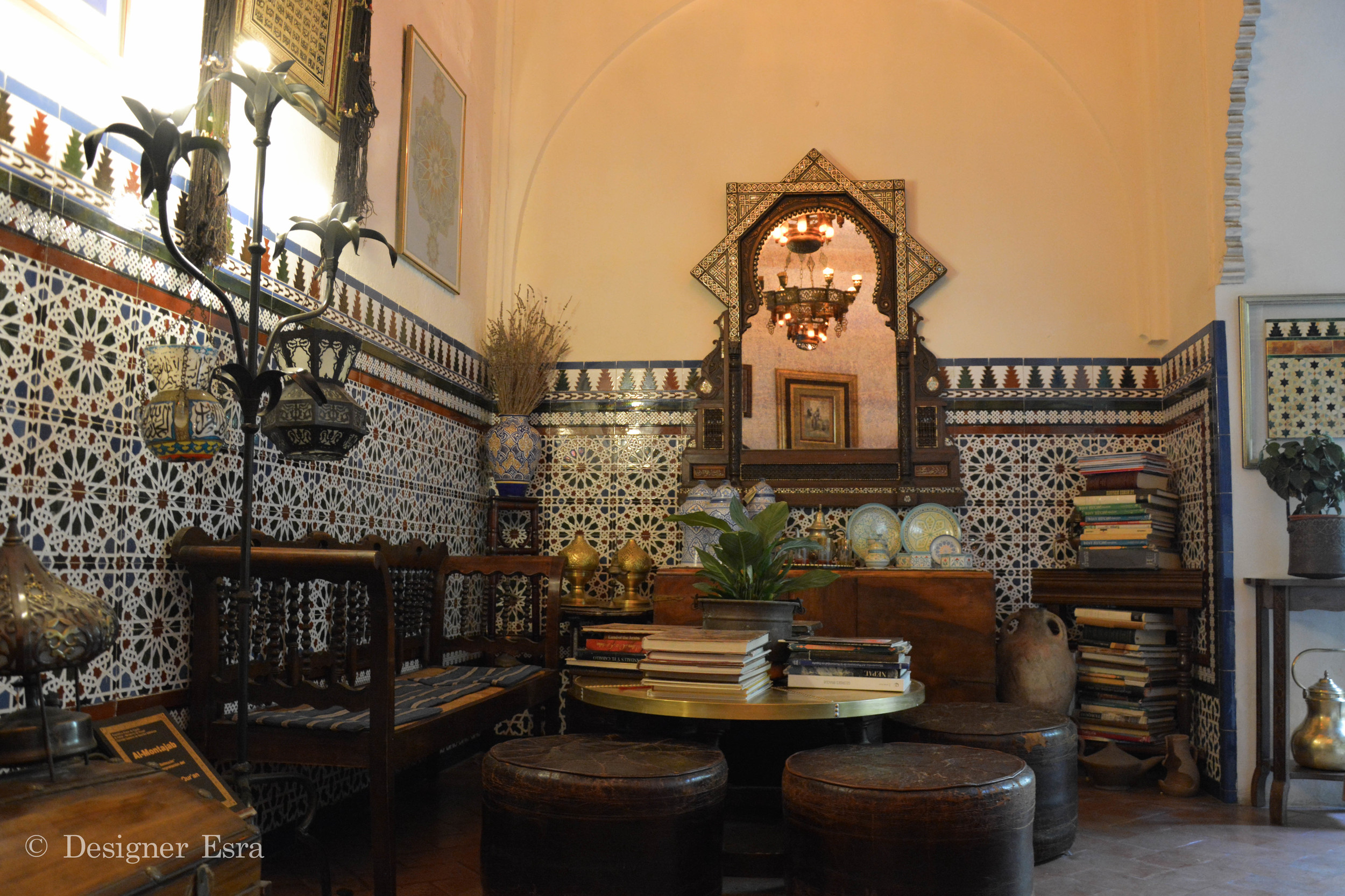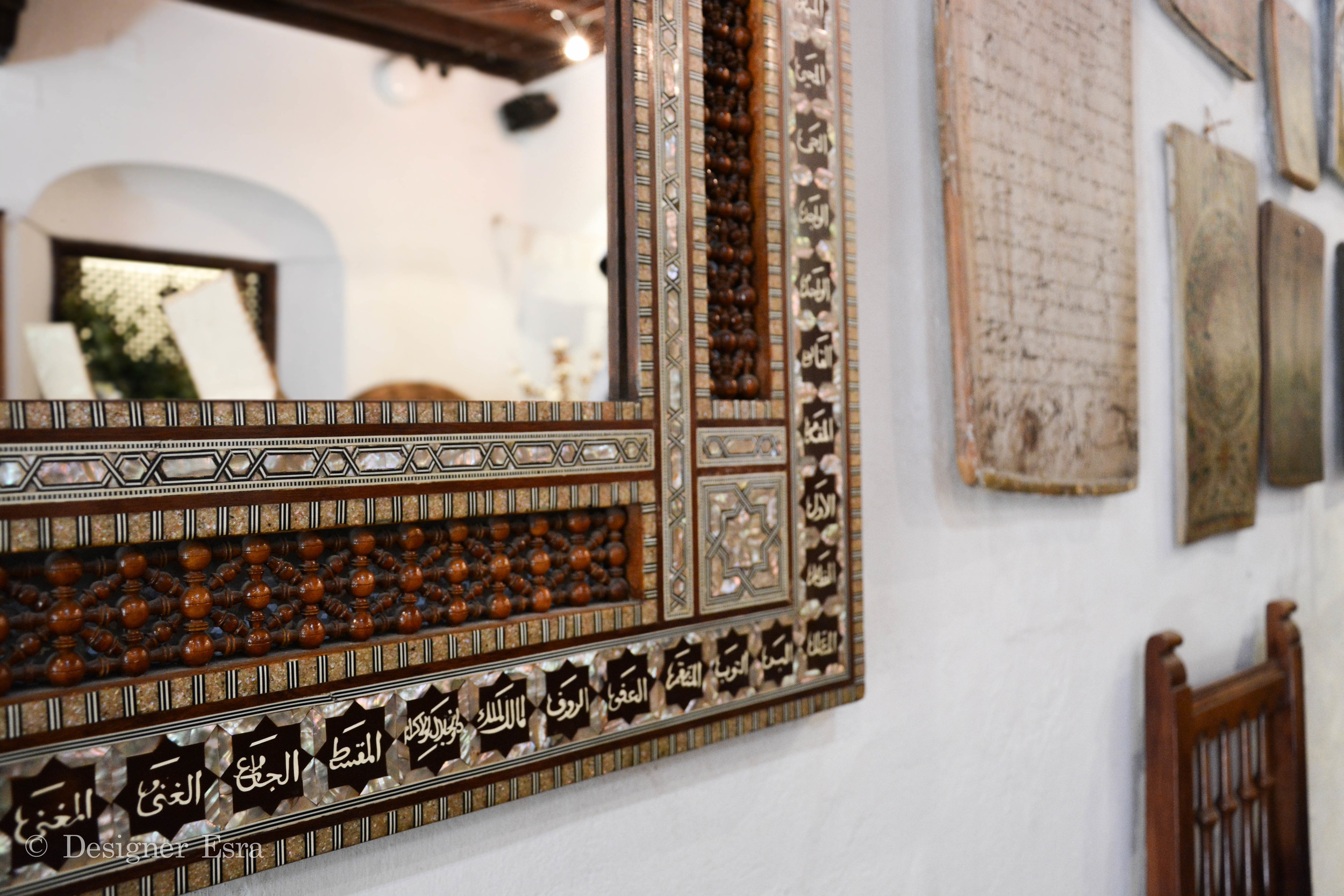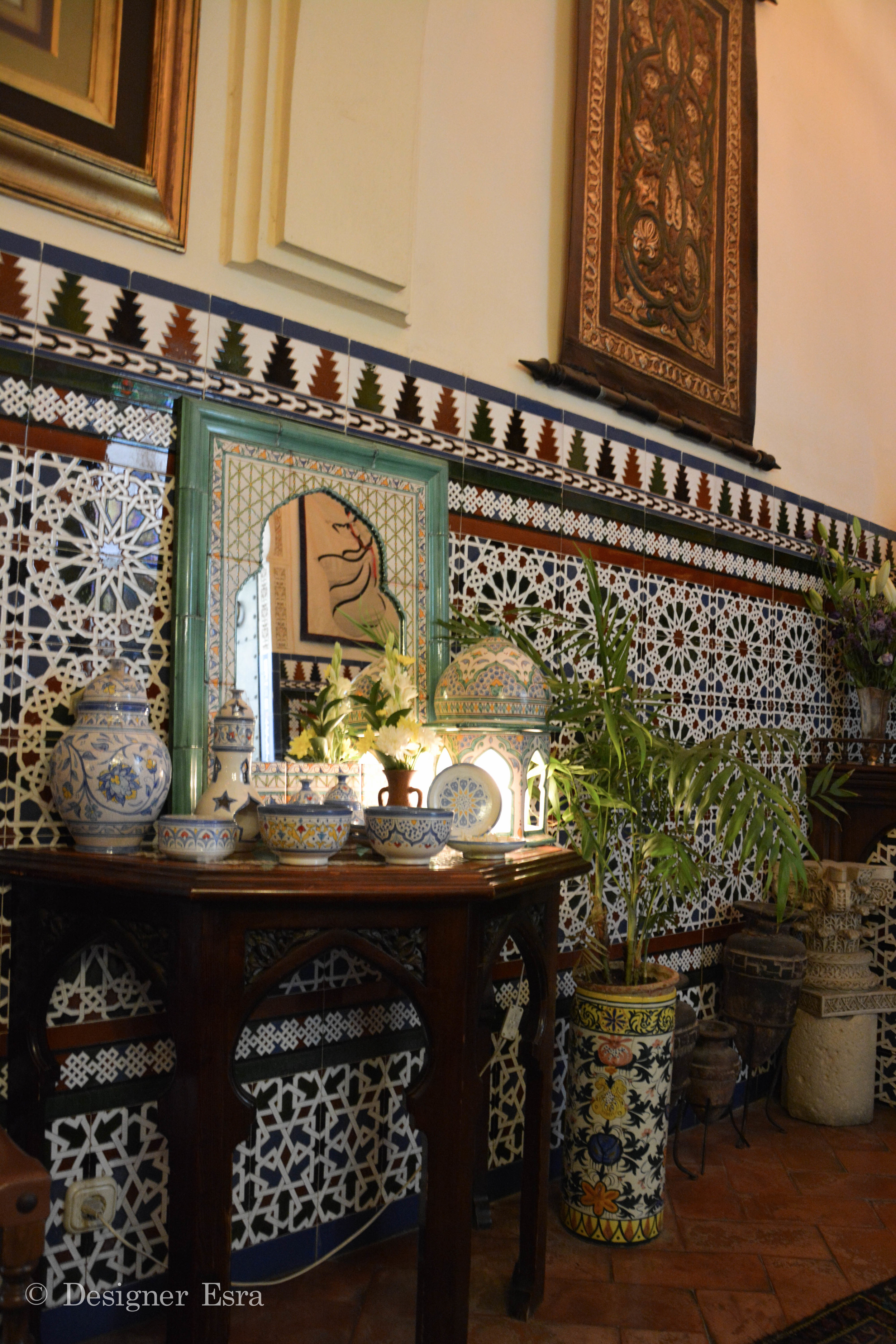Last September, I made the decision to travel to Spain on my own and join the Art of Islamic Pattern group on their Granada study trip. I was ready to go on that journey of art and patterns. I have been playing with the idea of going for few months and I even got my visa and paid the course’s deposit, but was not sure I could do it on my own. A week before the study trip, I knew I was ready. I spent 48 hours endlessly planning, reading all sorts of reviews and booking hotels, transports and so on. I feel so thankful that I made that decision. I enjoyed my time and made great connections. Most importantly, I found inner peace when I accepted my own company, something I feared. It turned out to be great fun. I took off from London City Airport directly; two hours later I was there. Thankfully, I met Richard Henry, one of the study trip teachers and few other classmates, which made the taxi trip from the airport to the hotel really easy. I booked a place in the center of Granada. I was pleasantly surprised with the location of Hotel Navas. After I rested for few hours, I headed to discover the town where I visited the Granada School, the shopping area and met up with few ladies from the course. The next day, I headed with Samira and Jeea –two very creative Islamic pattern artists- to Cordoba, where we tried to fit in the whole city in a day! From the Mezquita Cathedral to the Casa Andalusi. The third day, the Islamic pattern course started and it was amazing! During the four days, we reconstructed Islamic geometric patterns and went on class tours around the city and to Alhambra. We also attended an awesome leather workshop. *Mashallah*
In the few coming days, I will post about each of these activities. Until then, enjoy these snaps I took around the gorgeous city of Granada.
